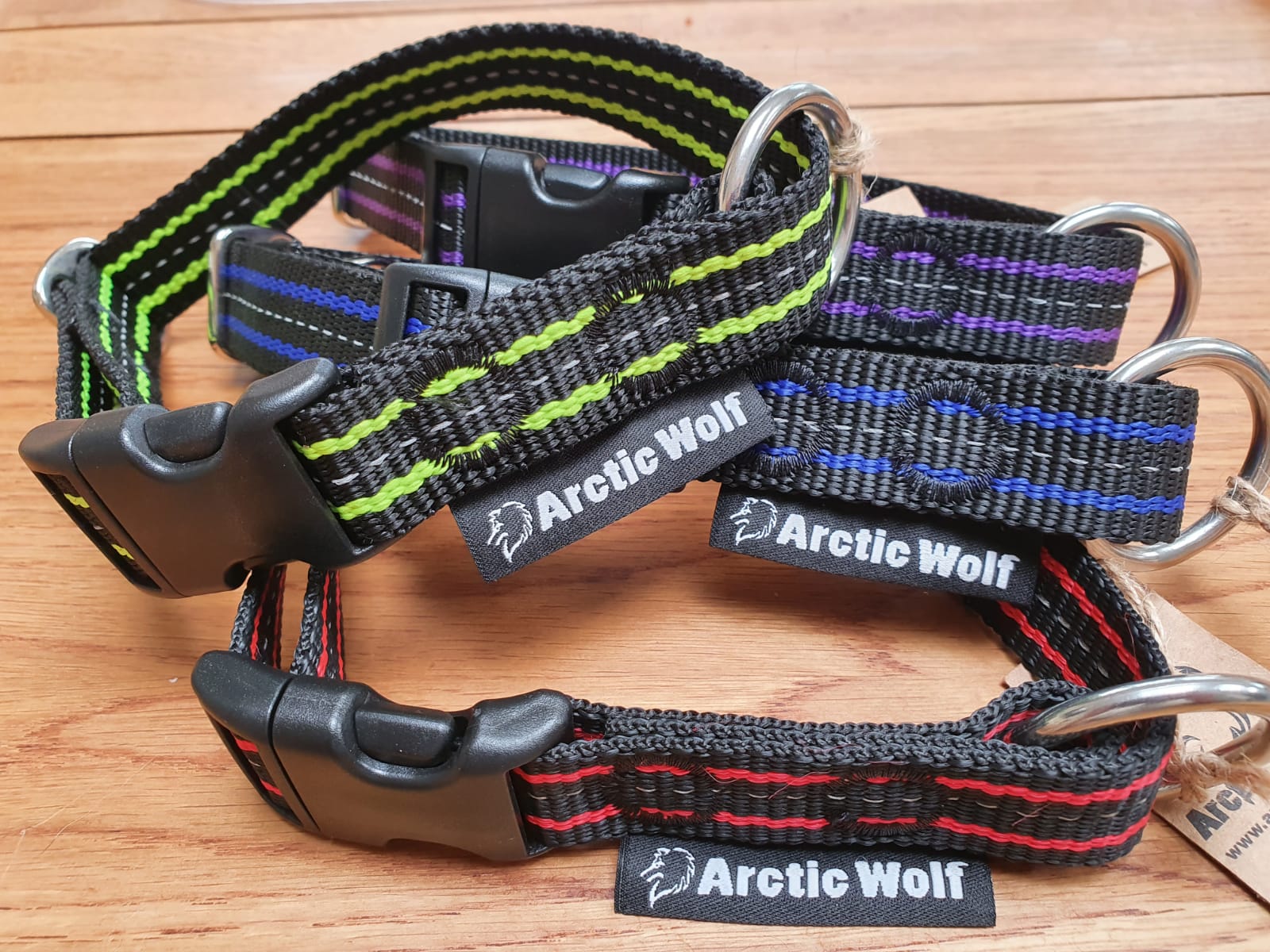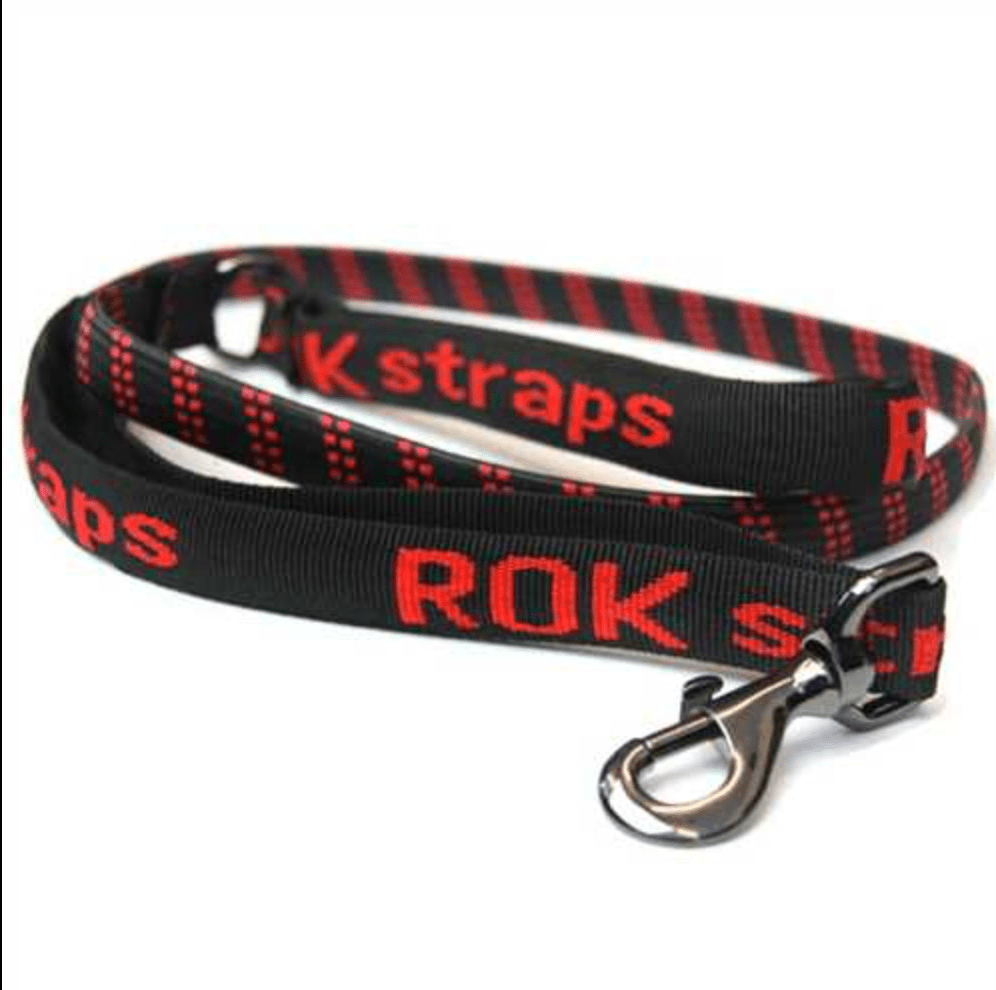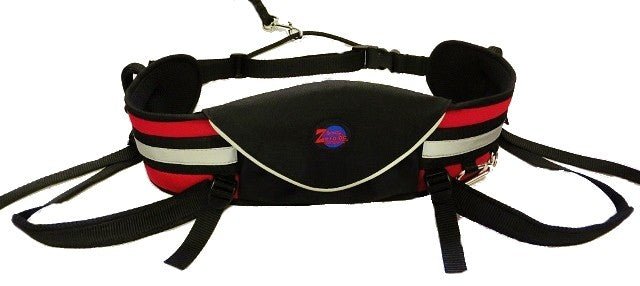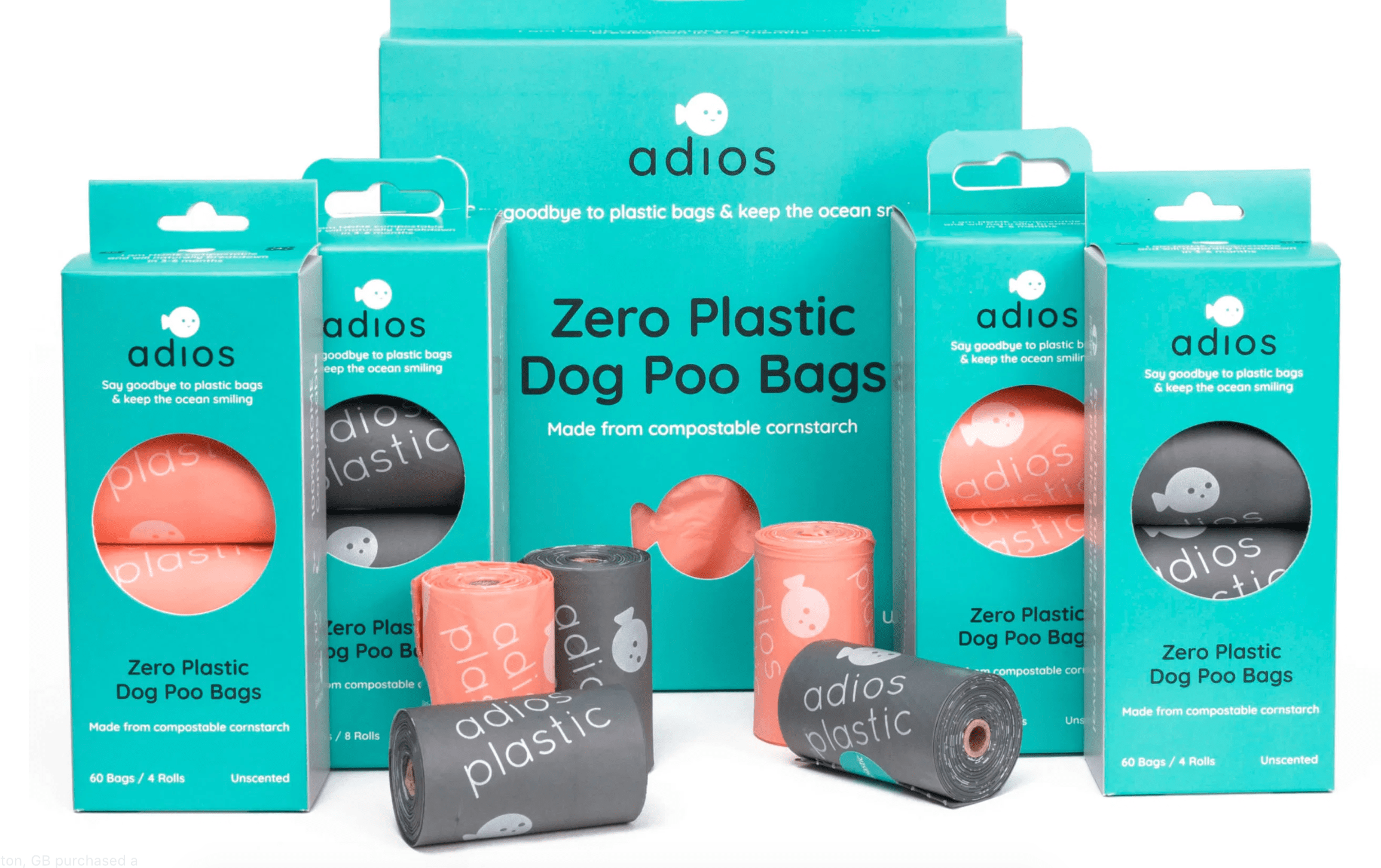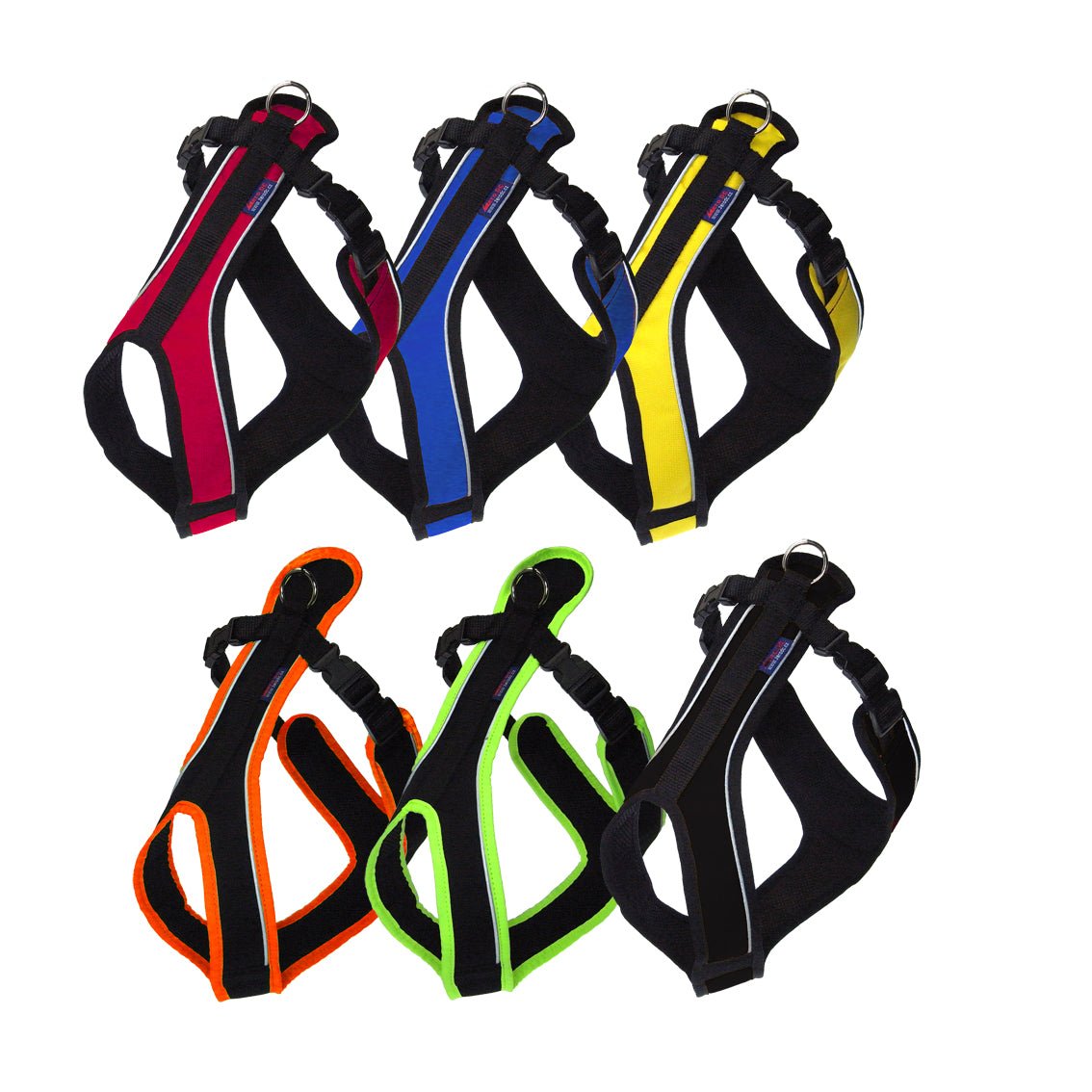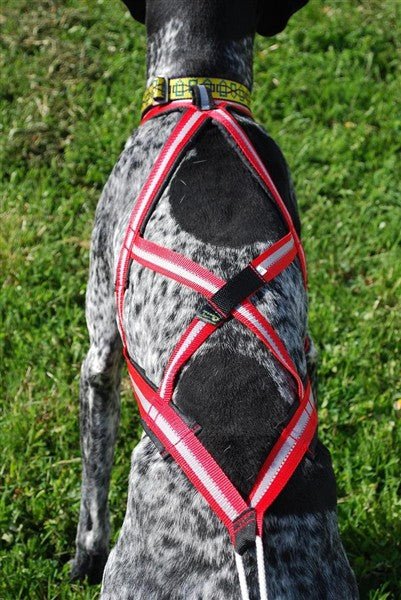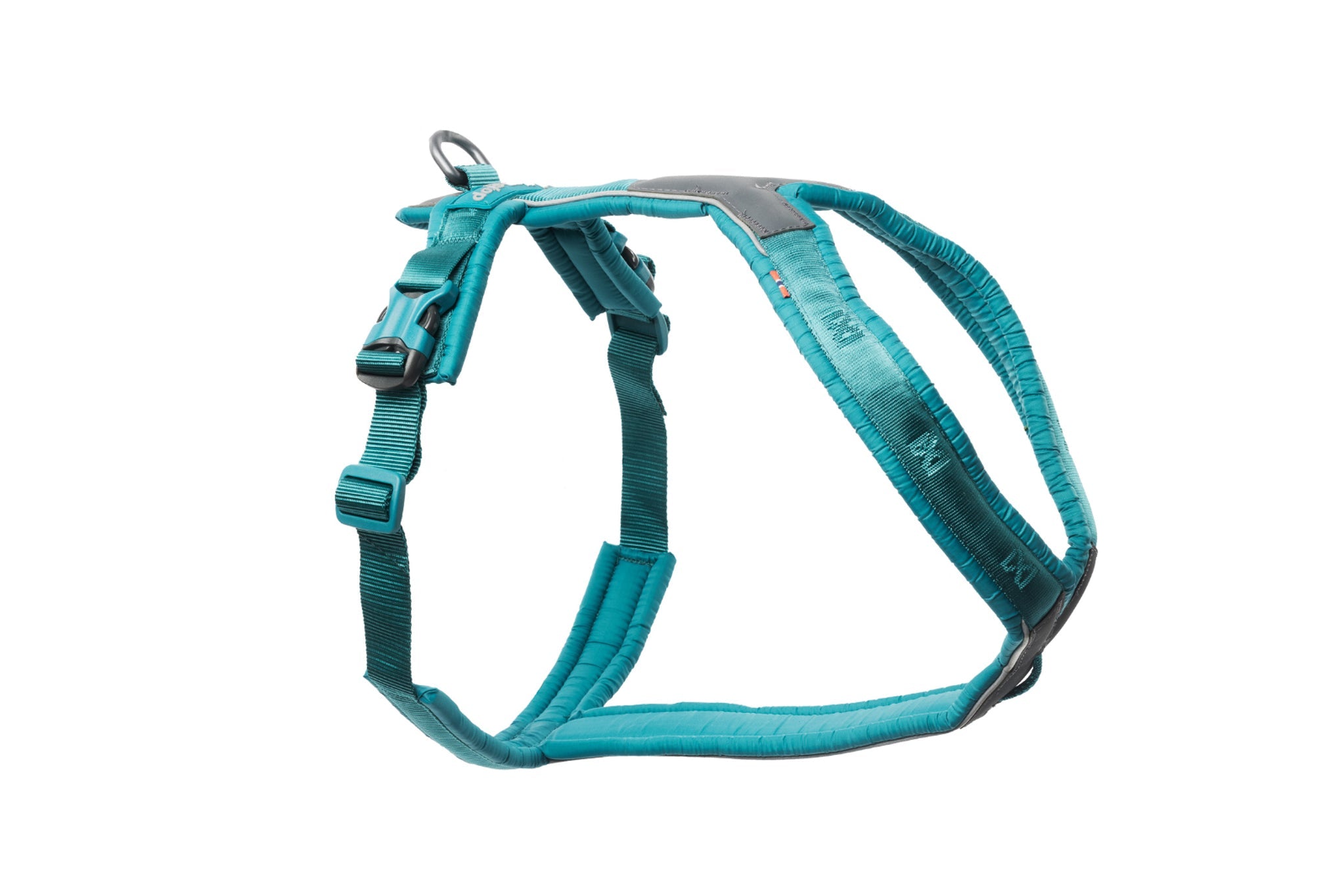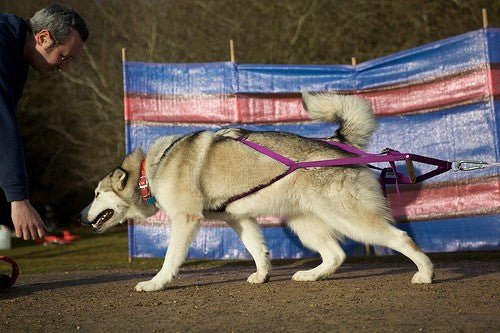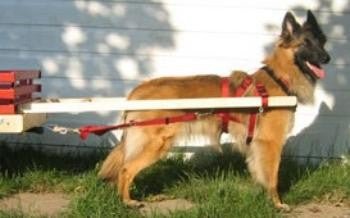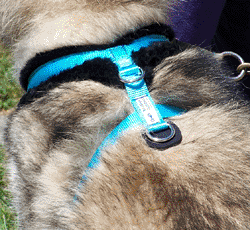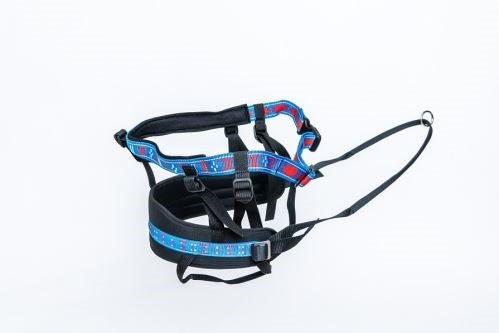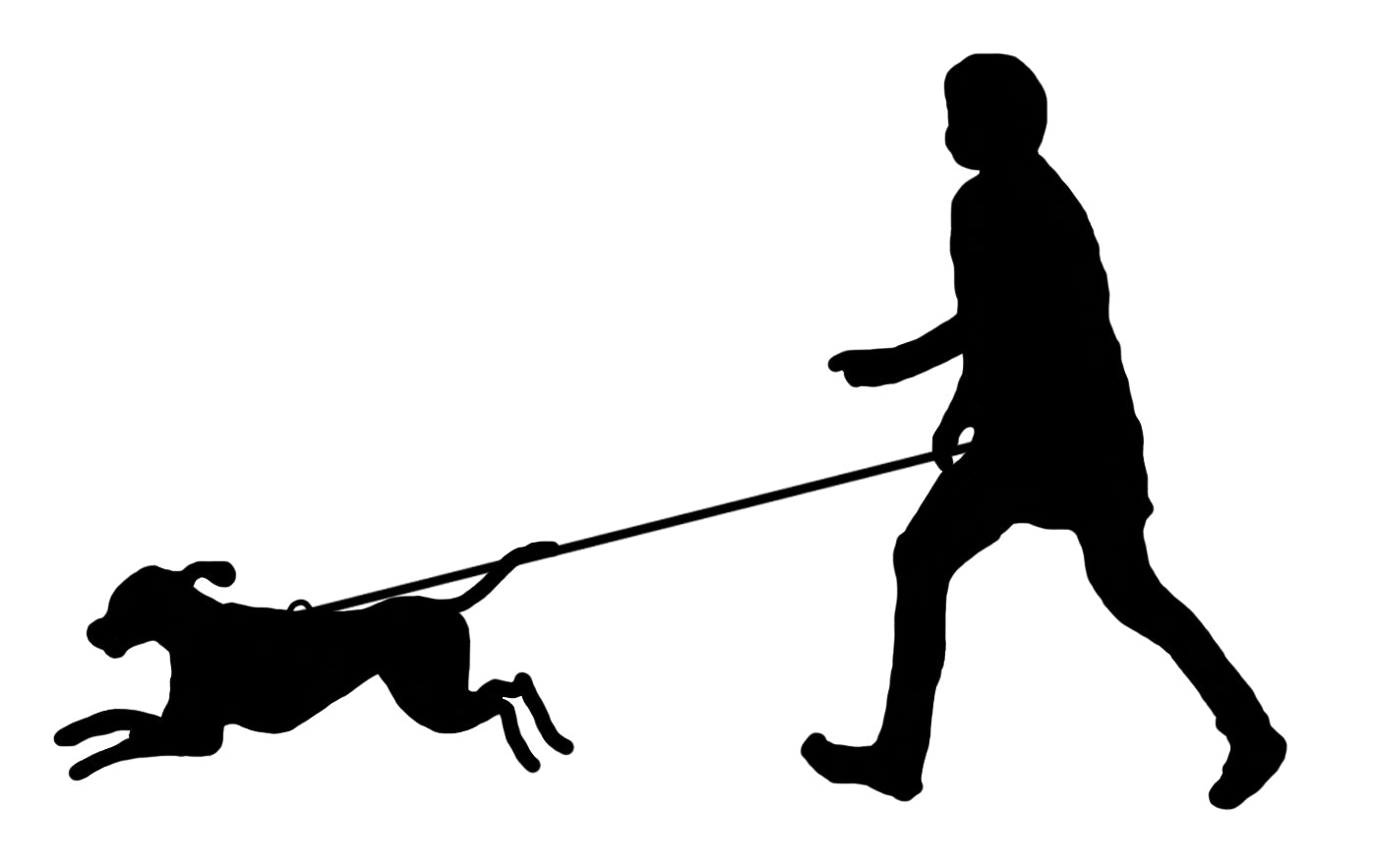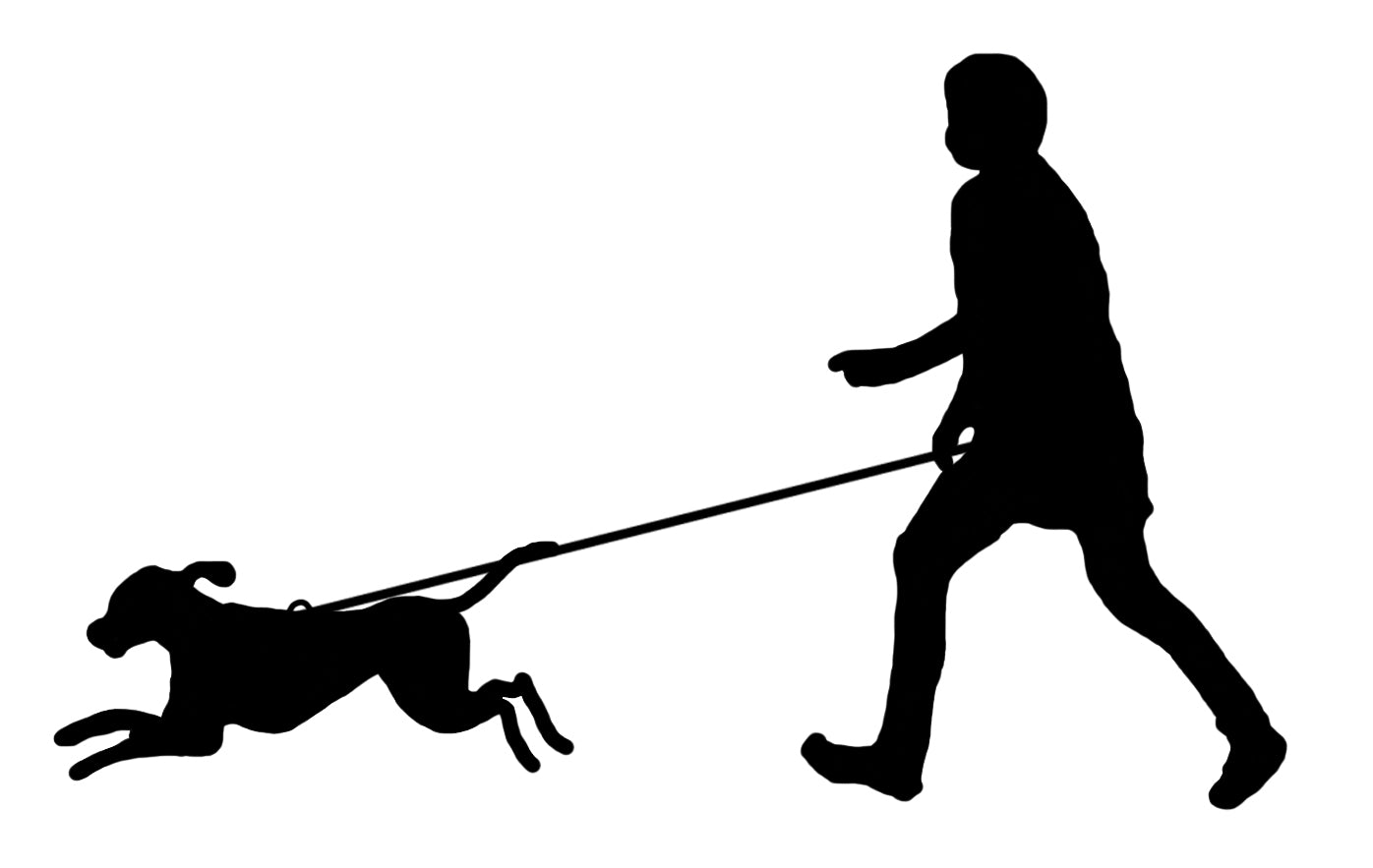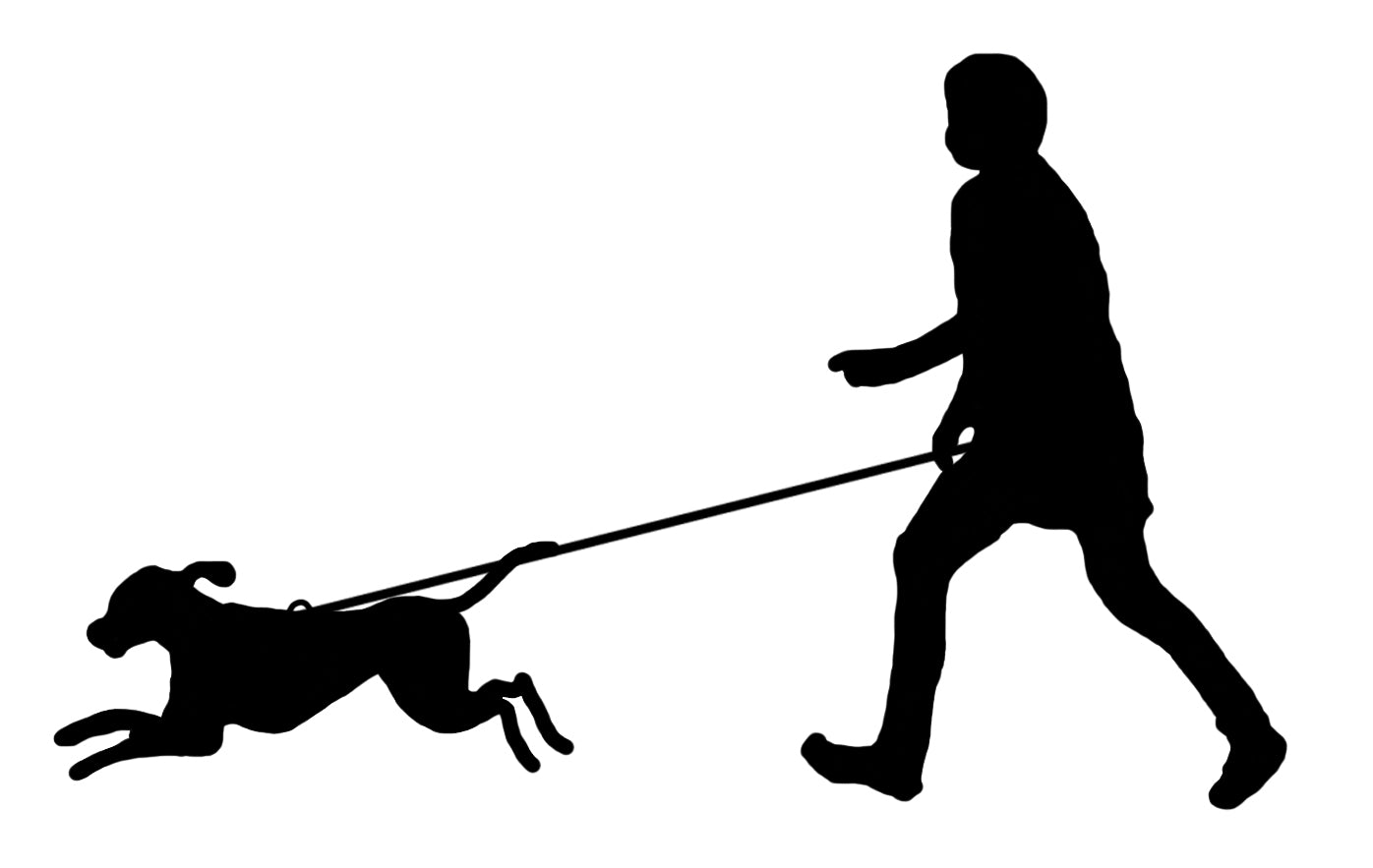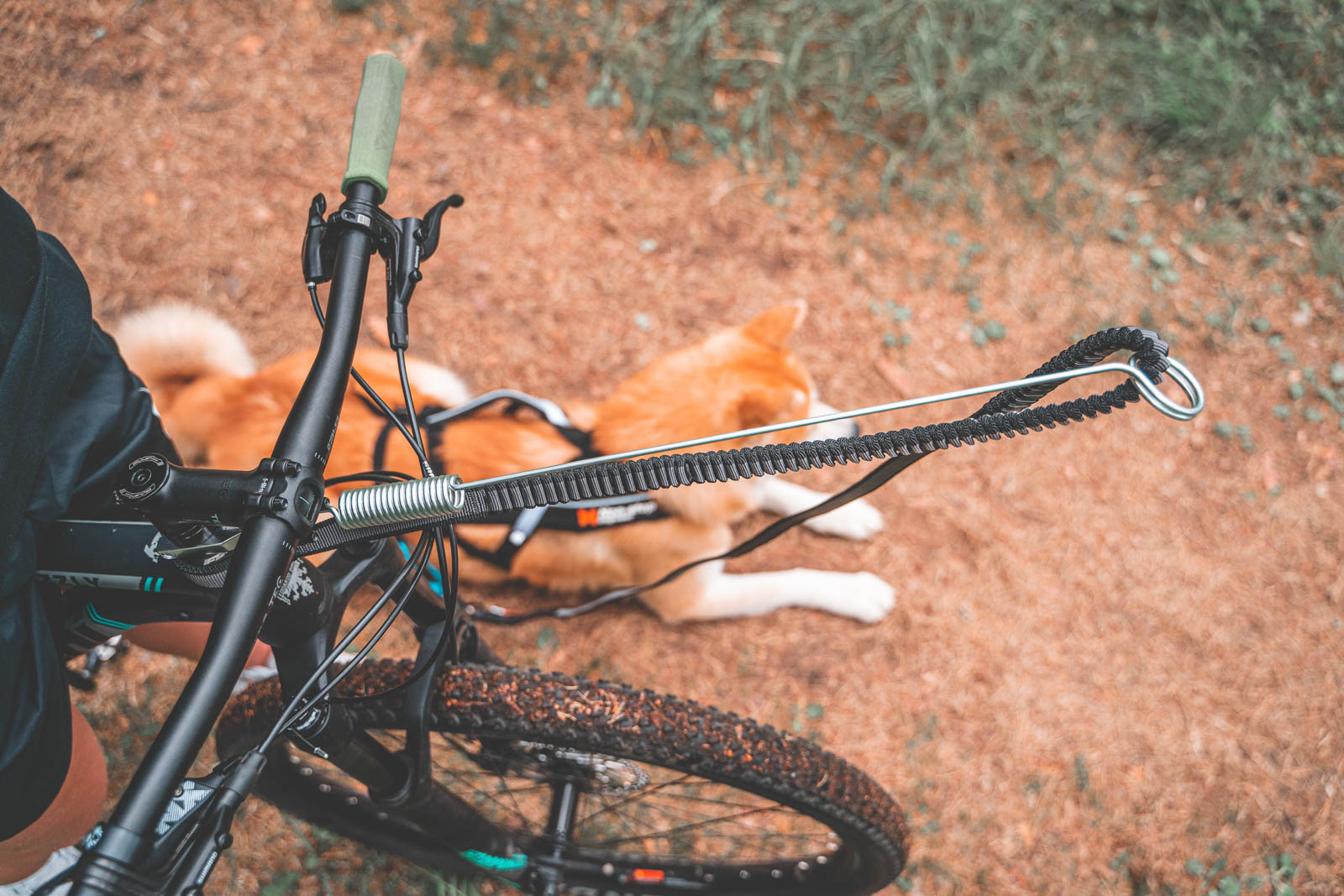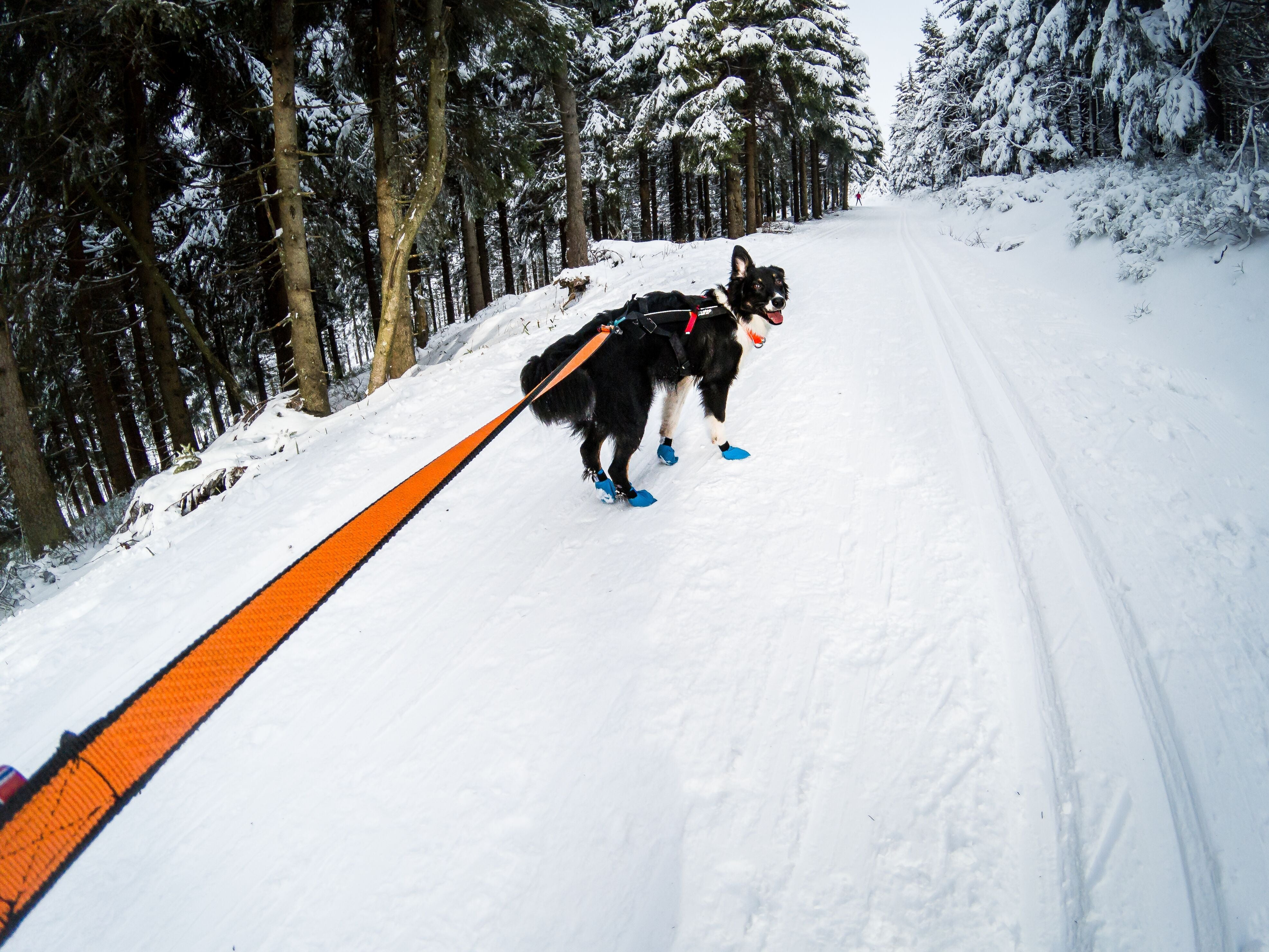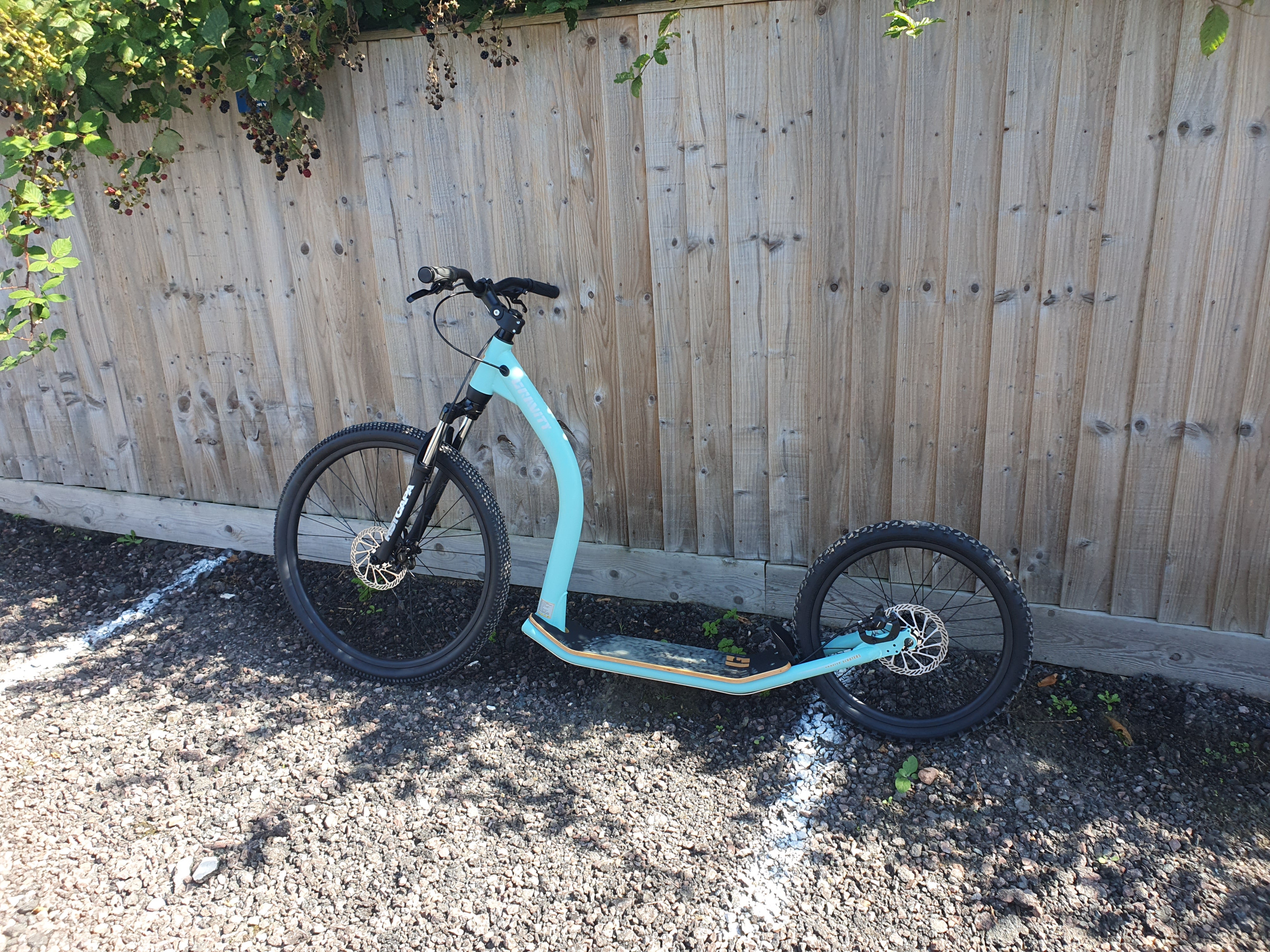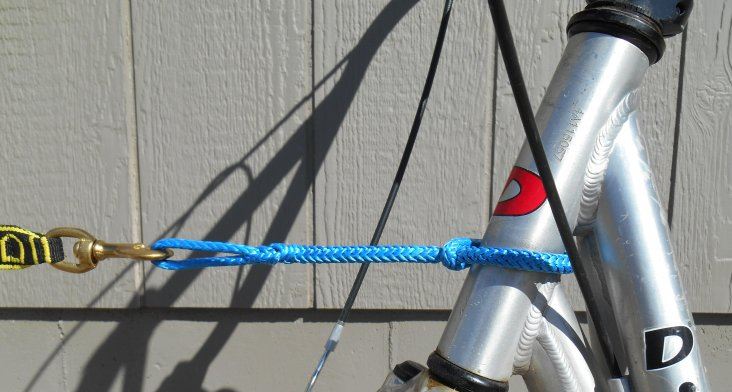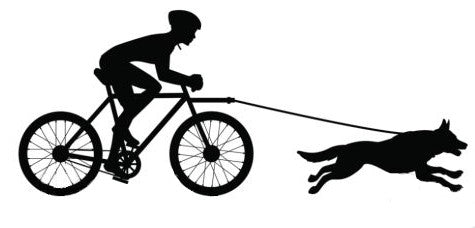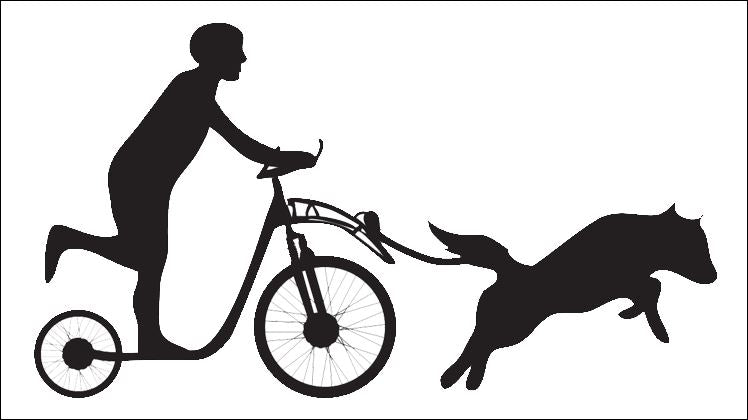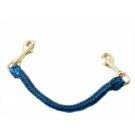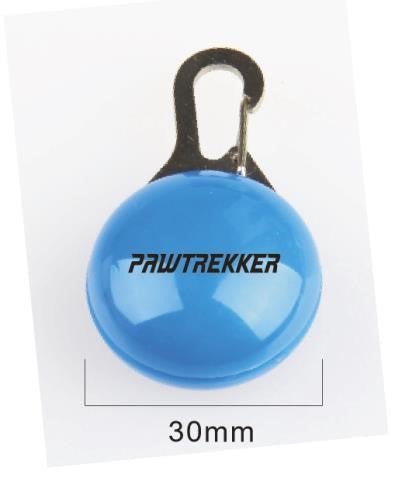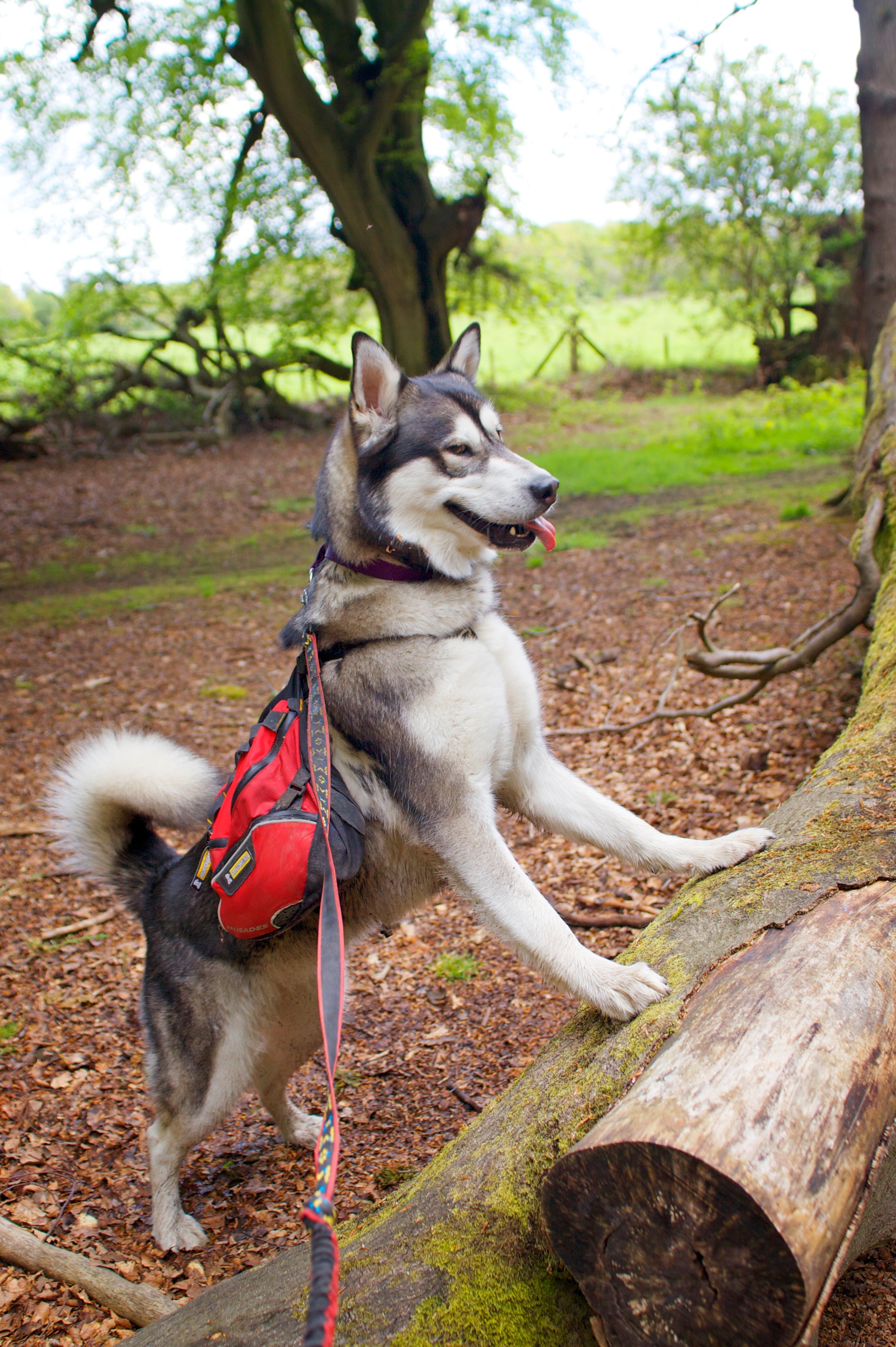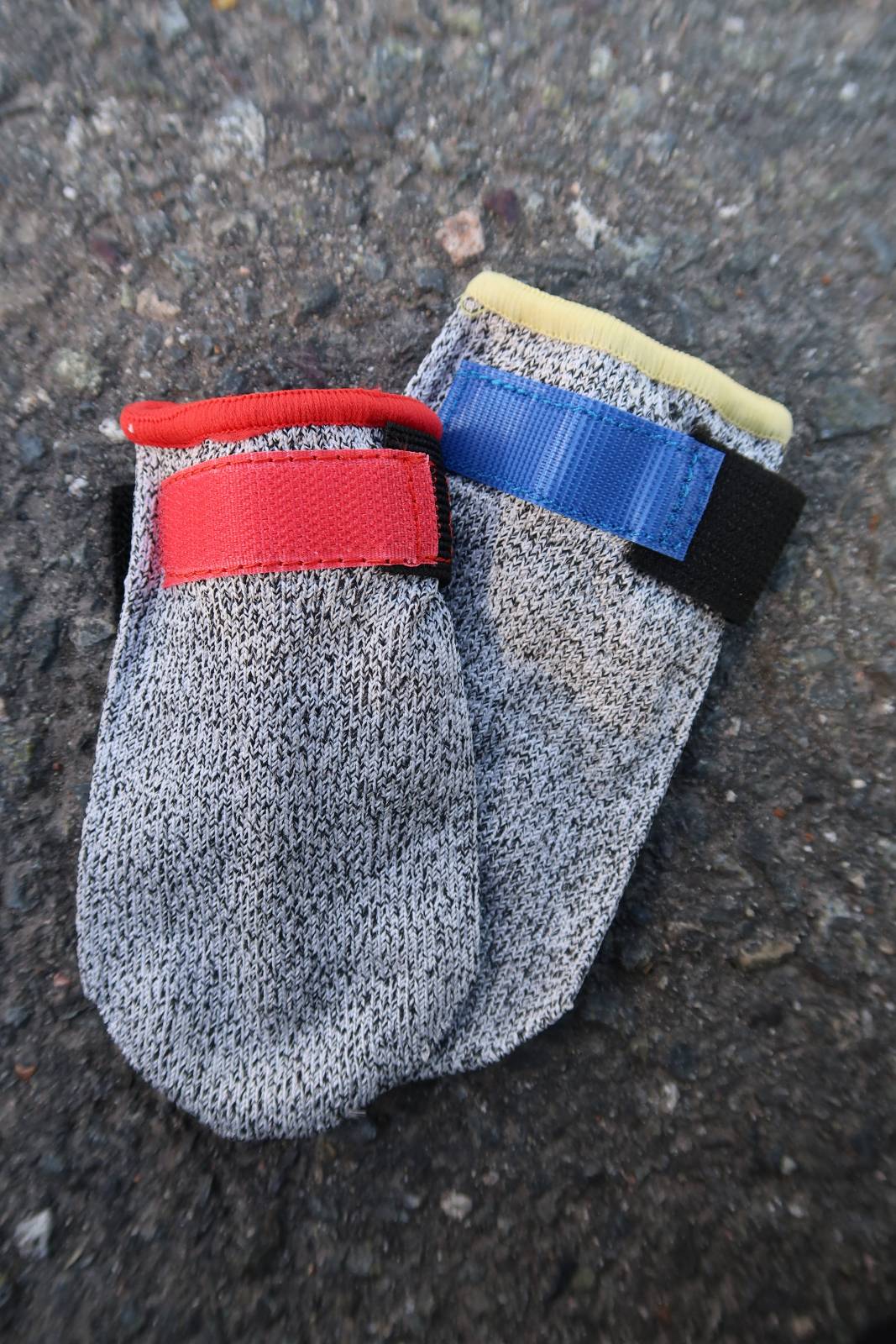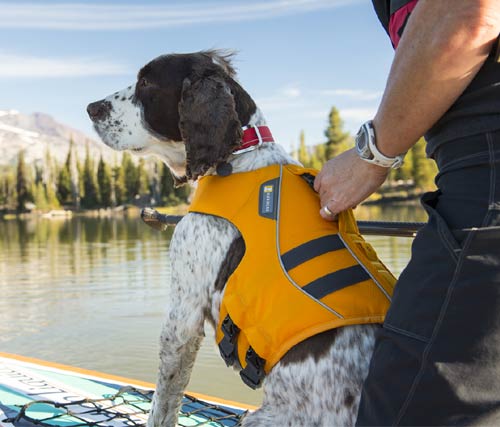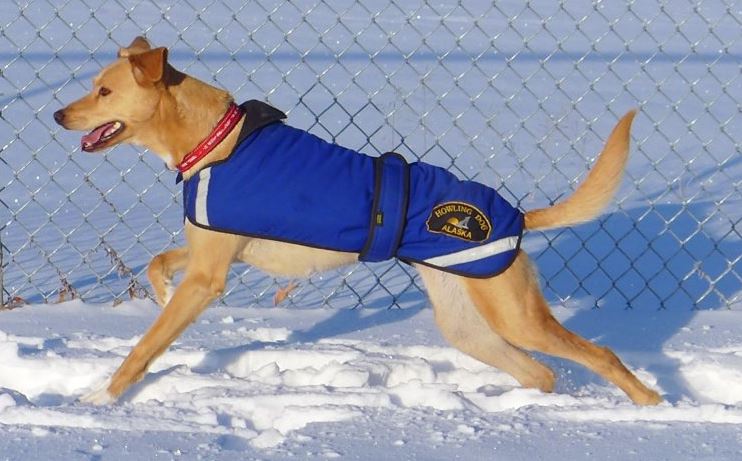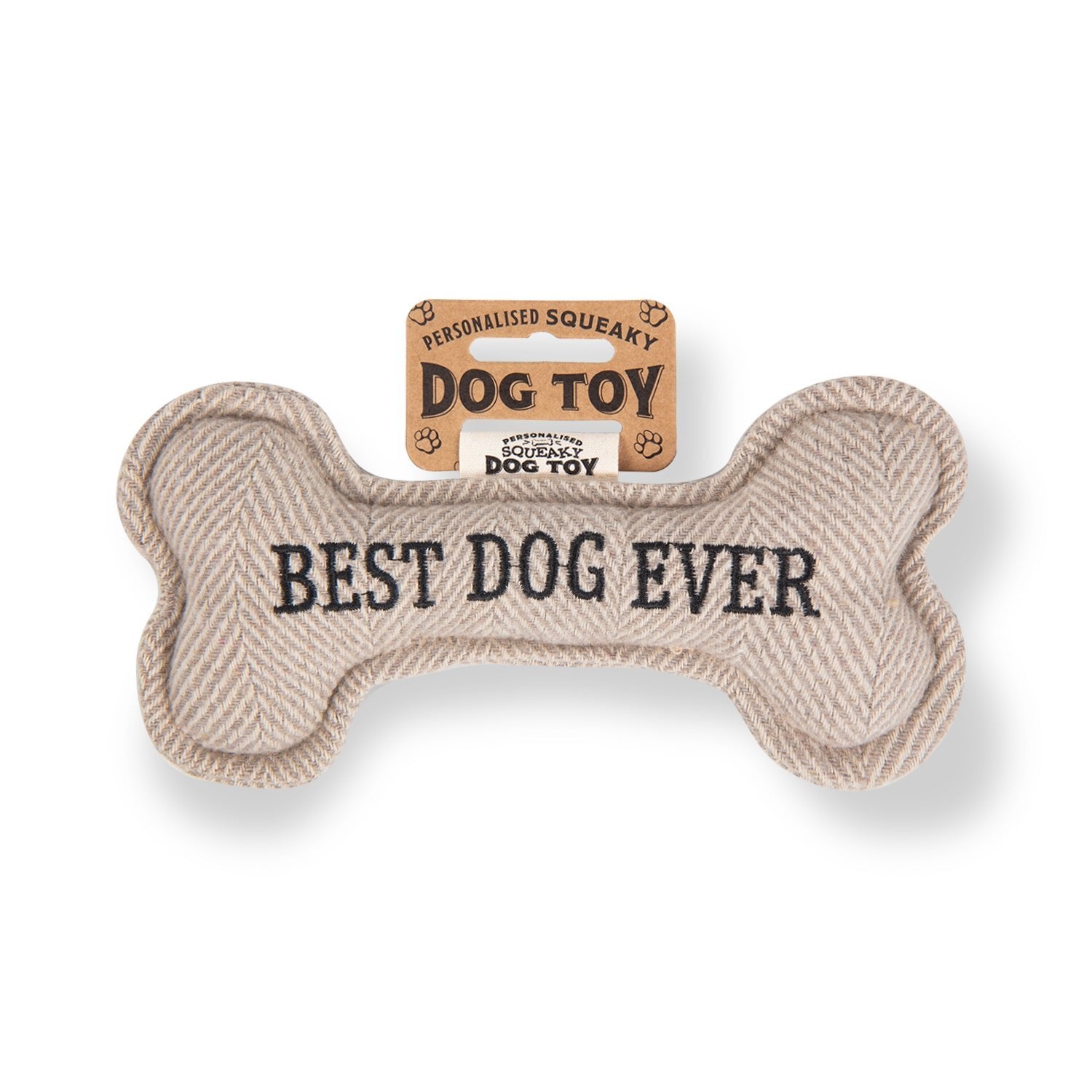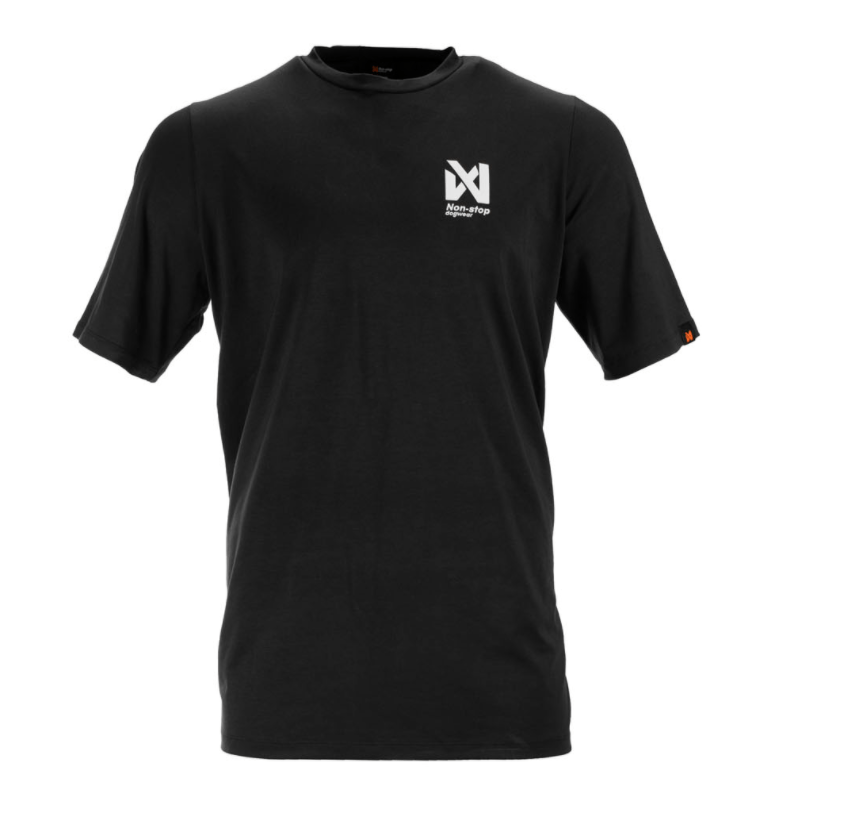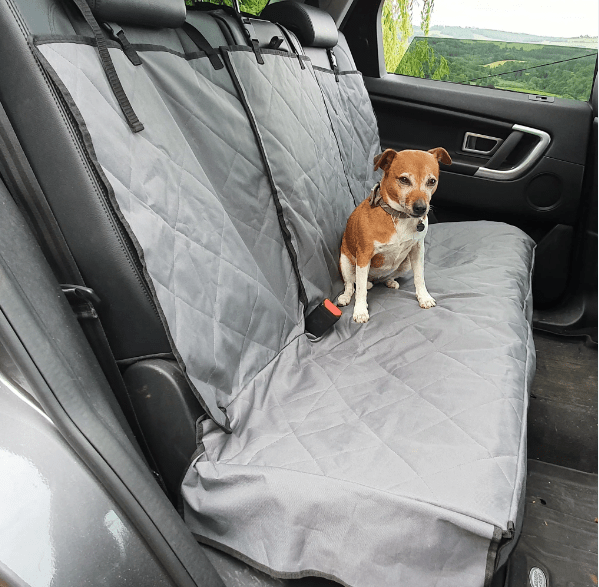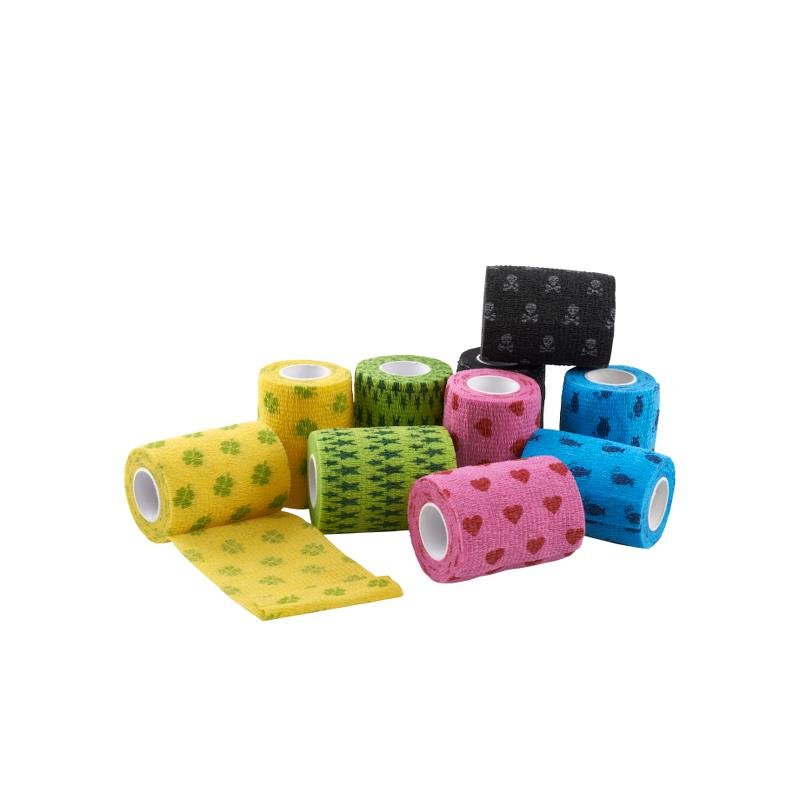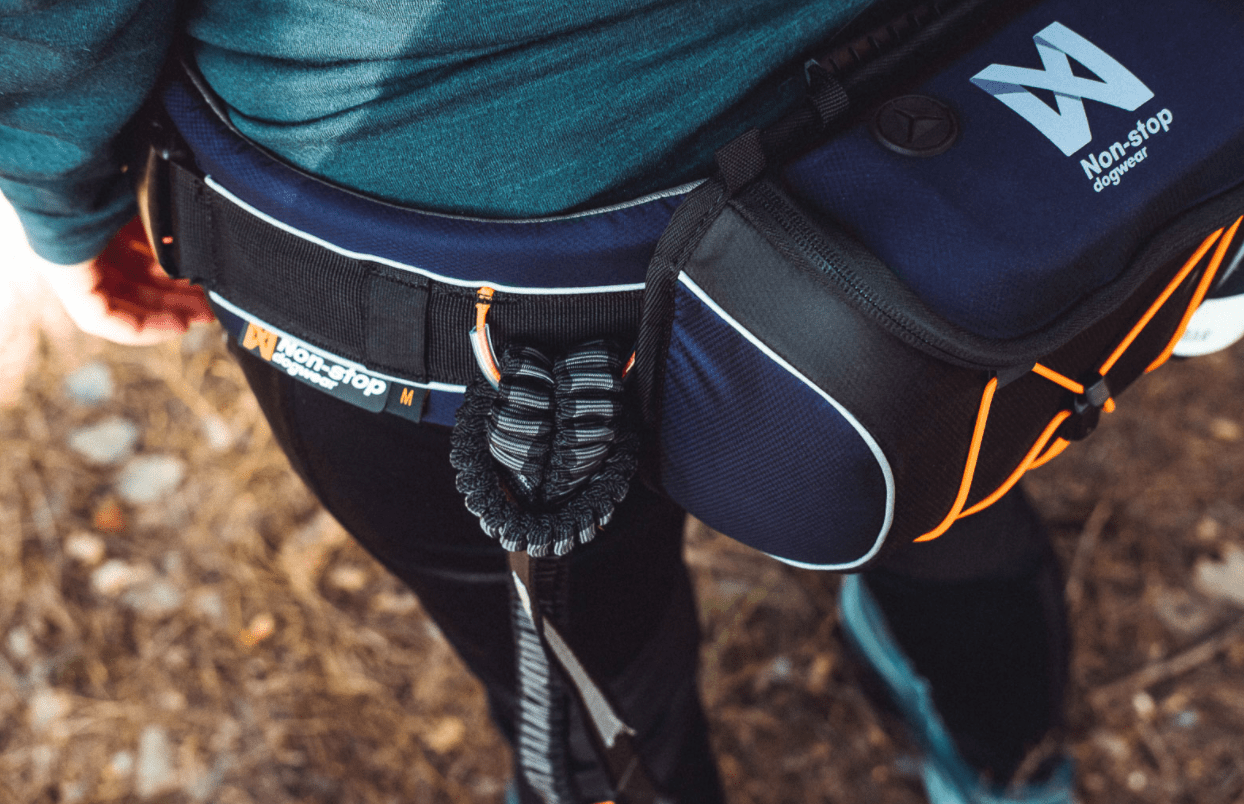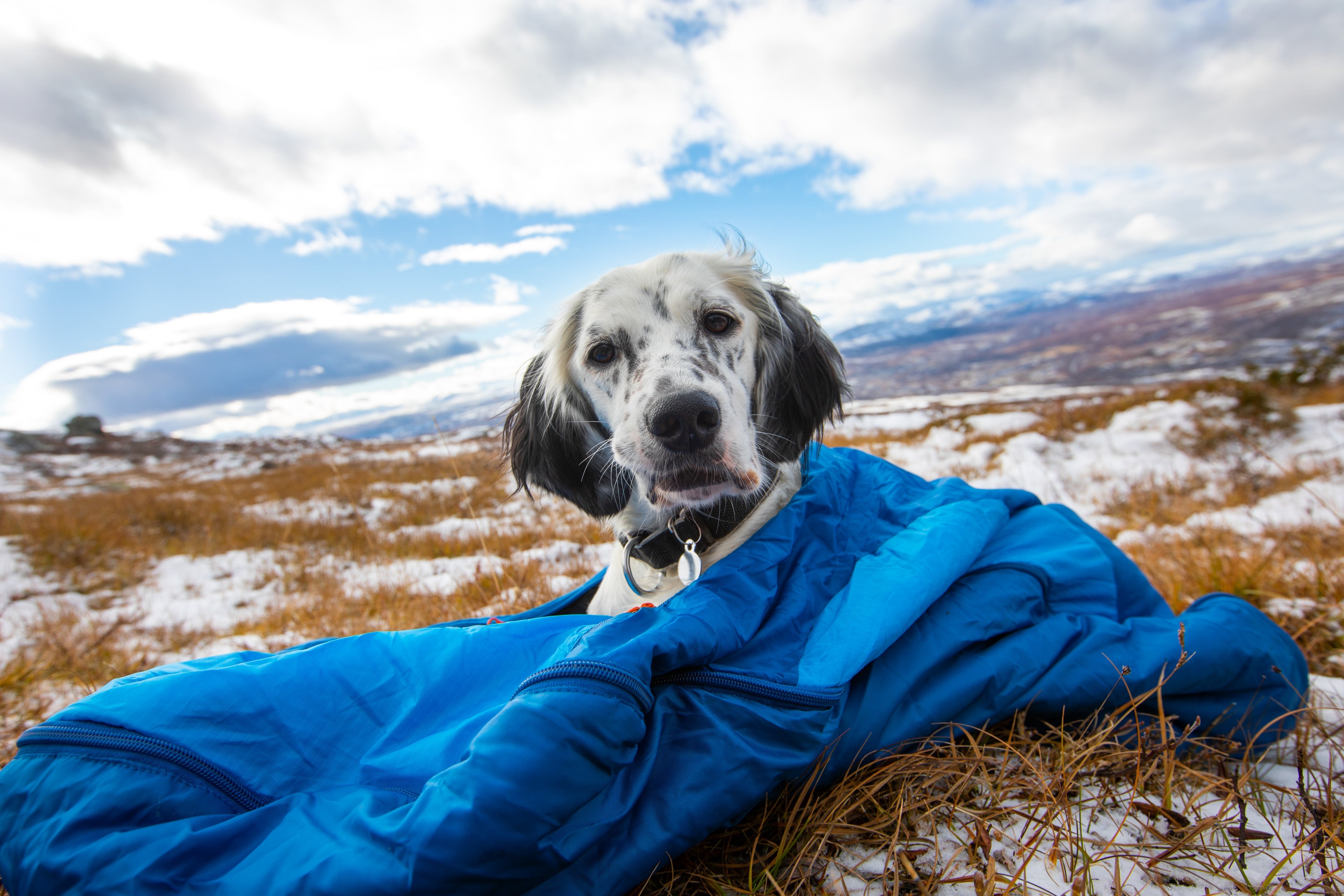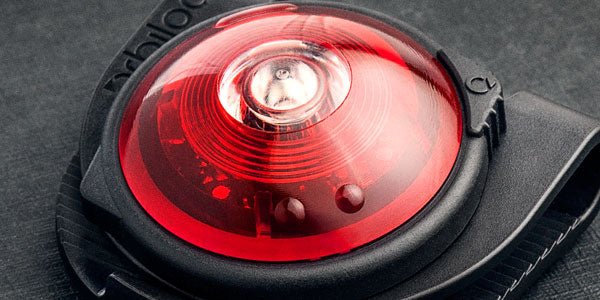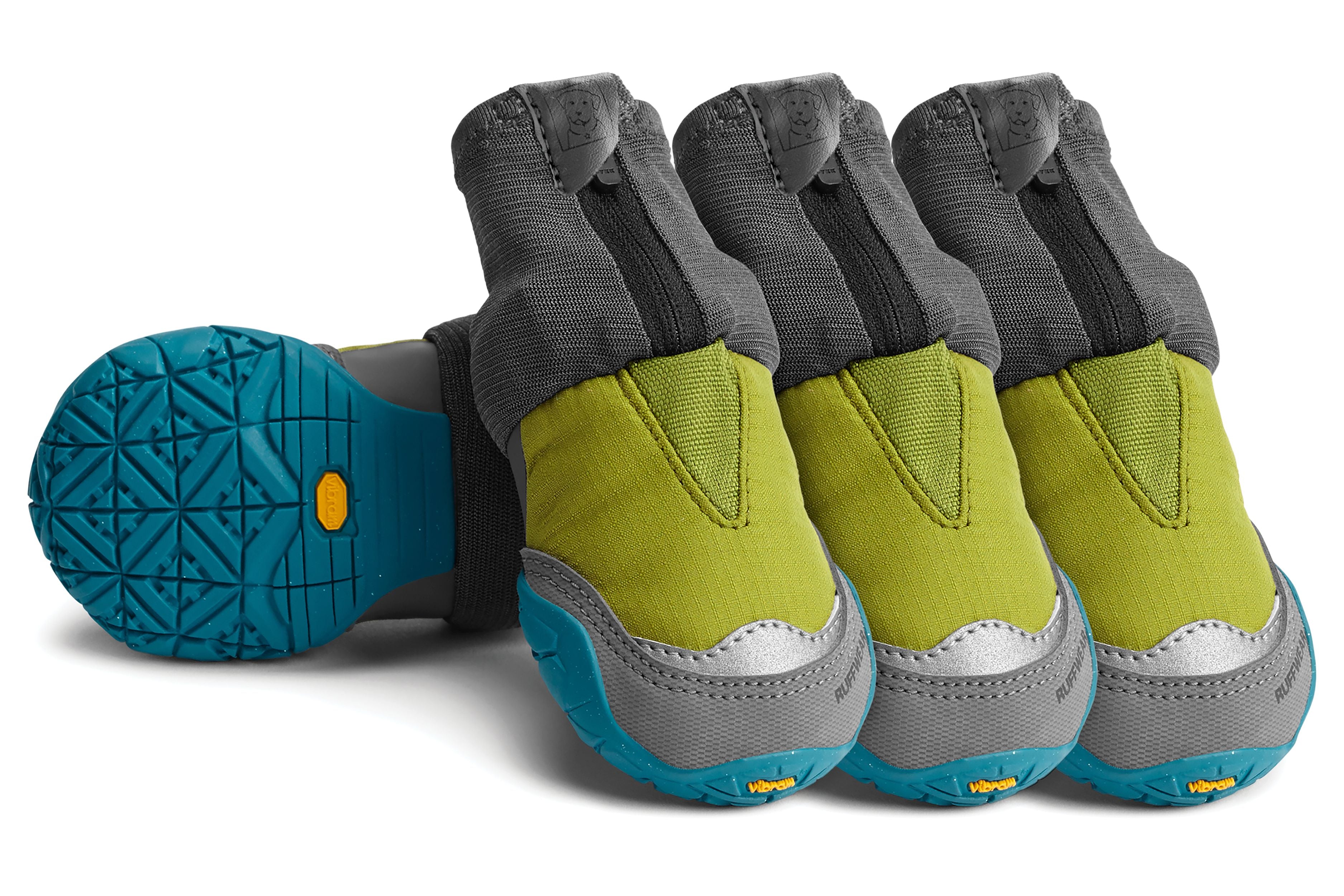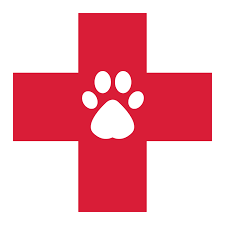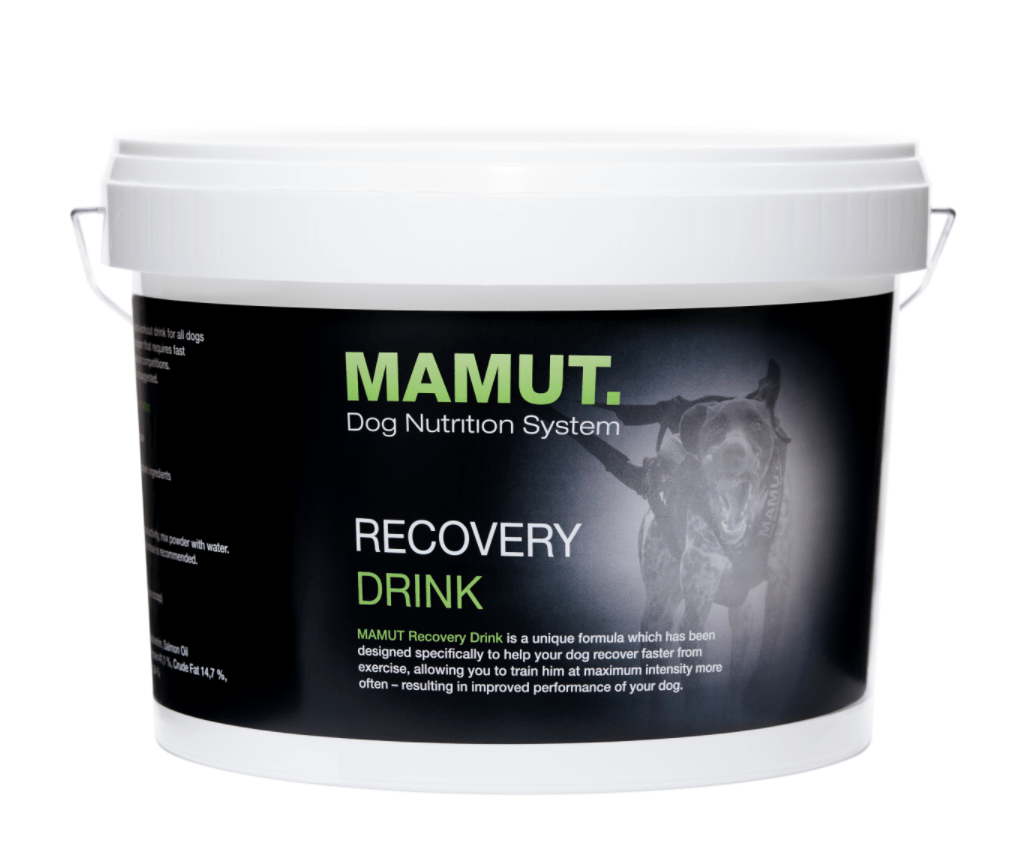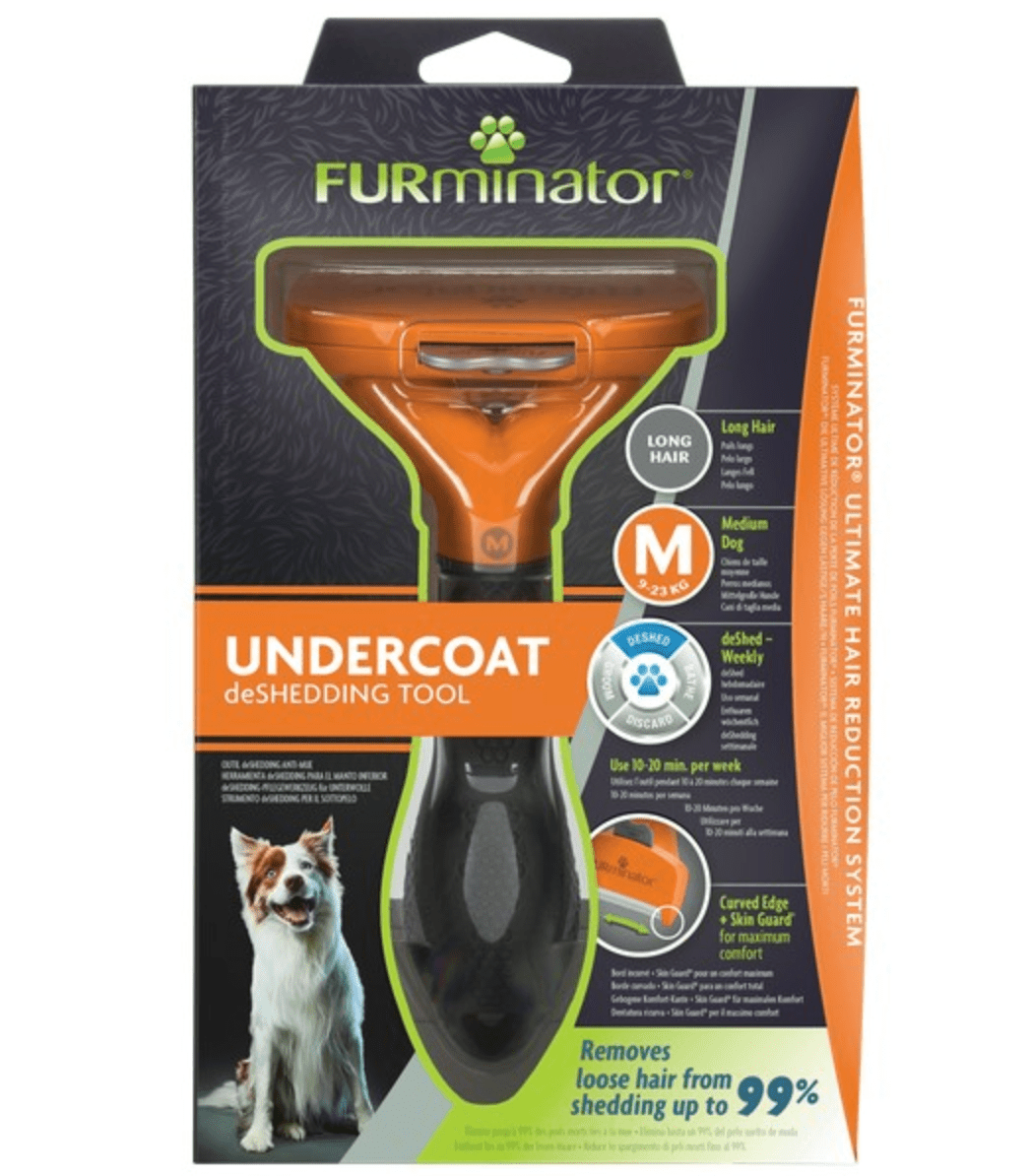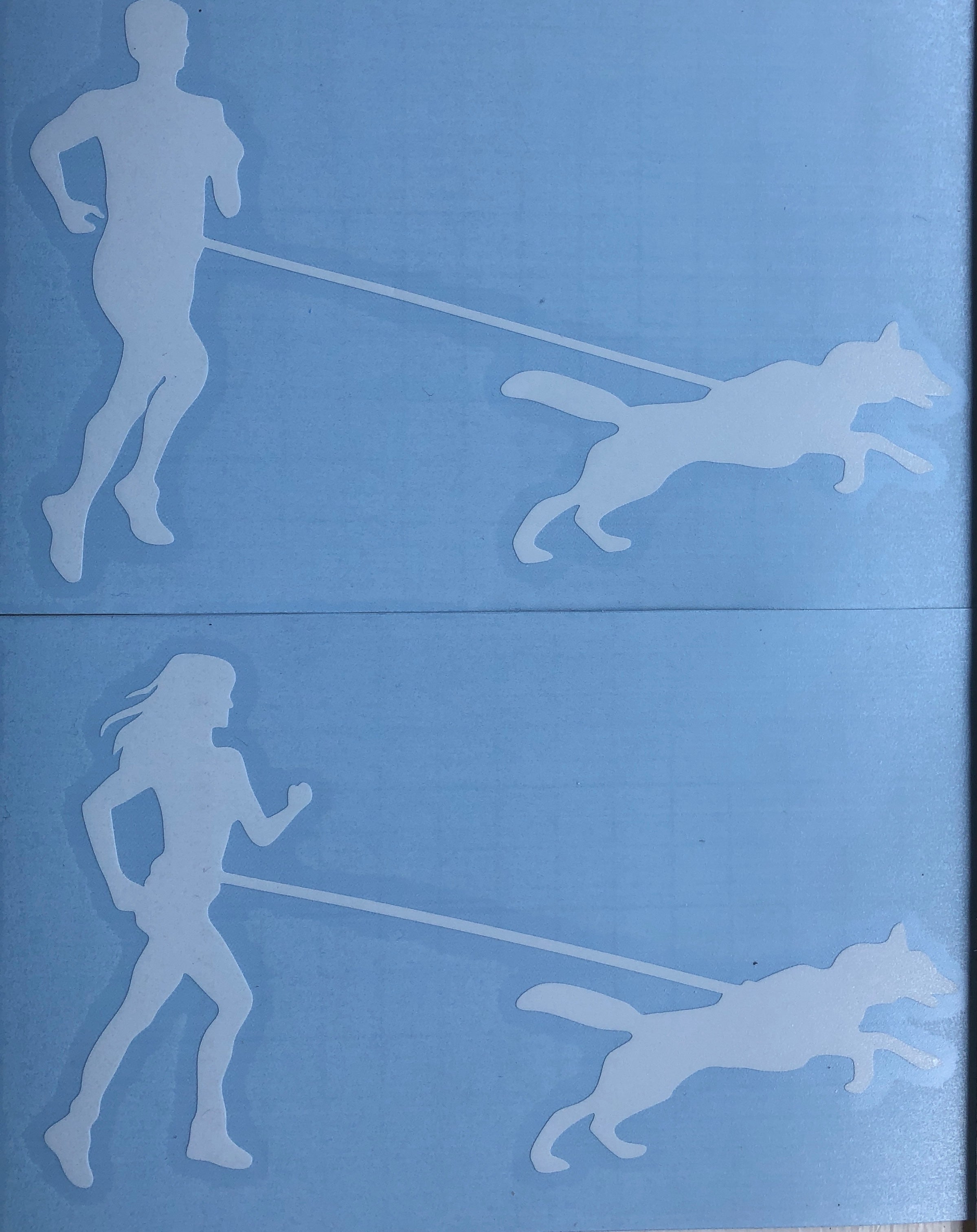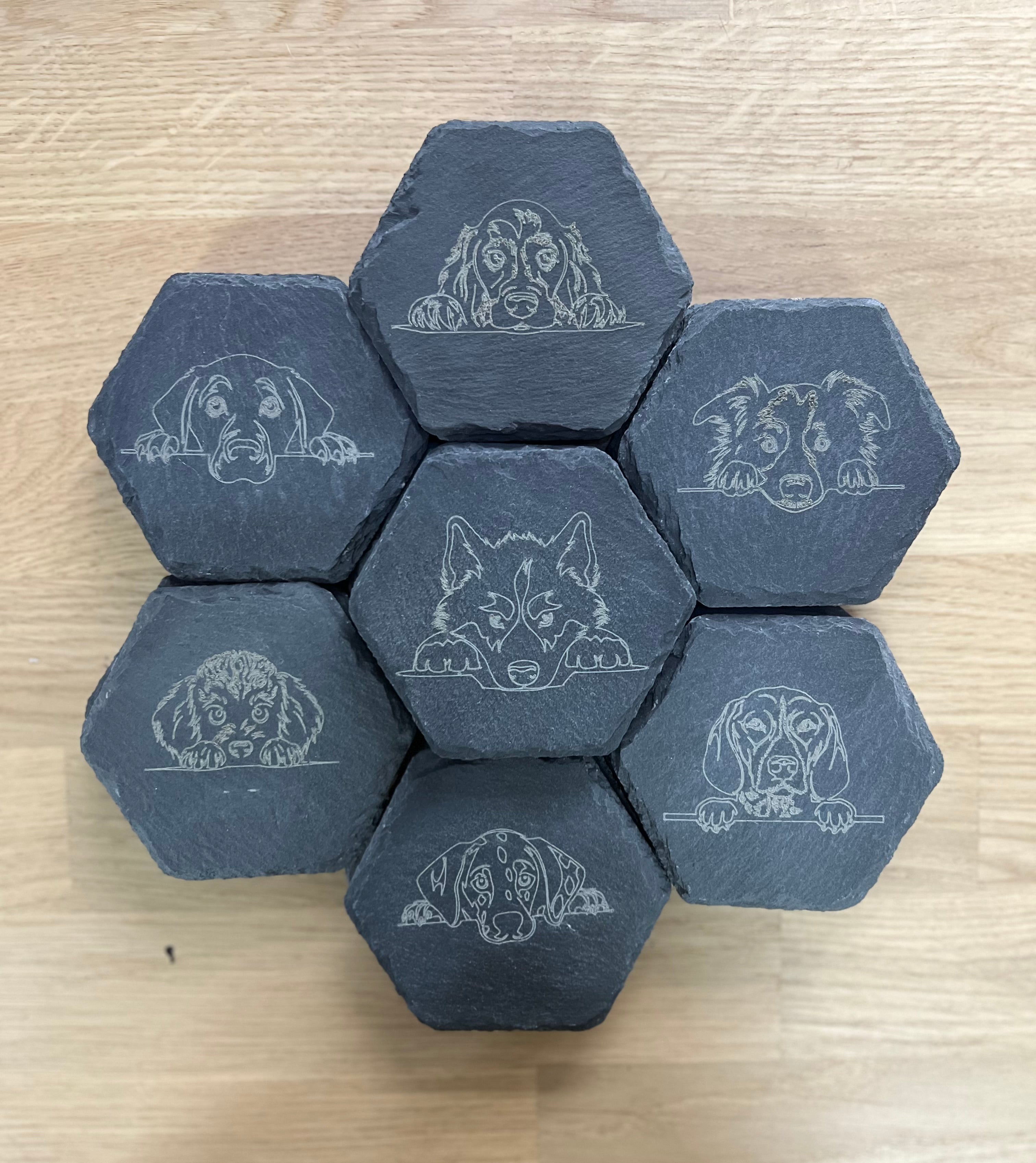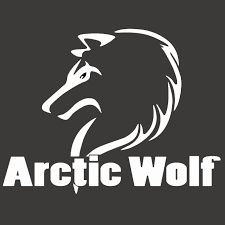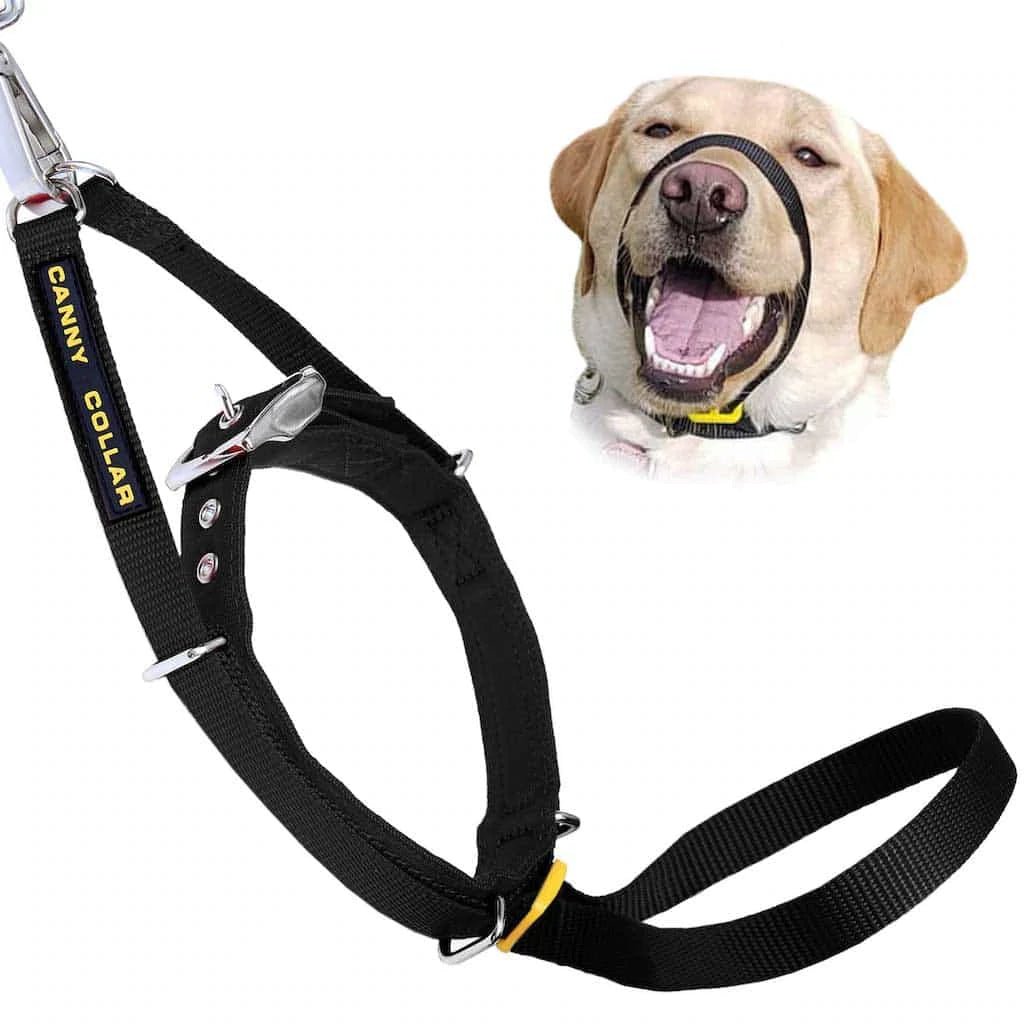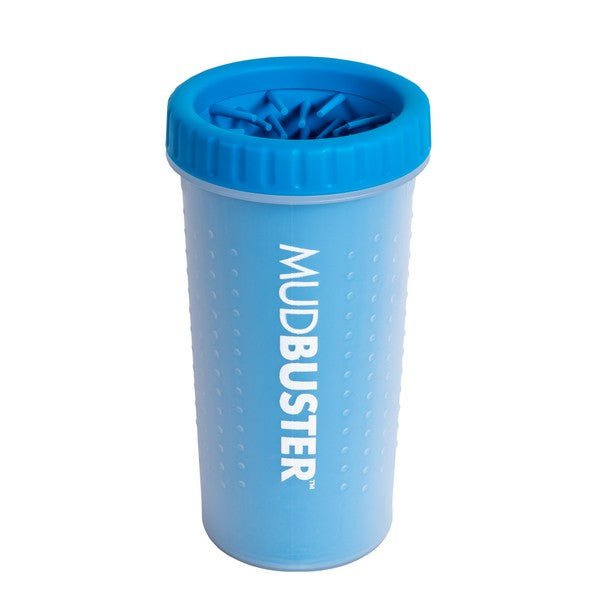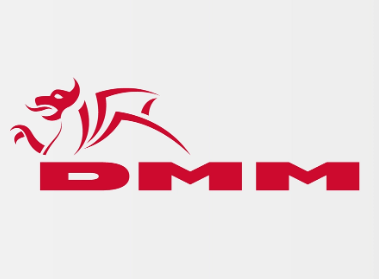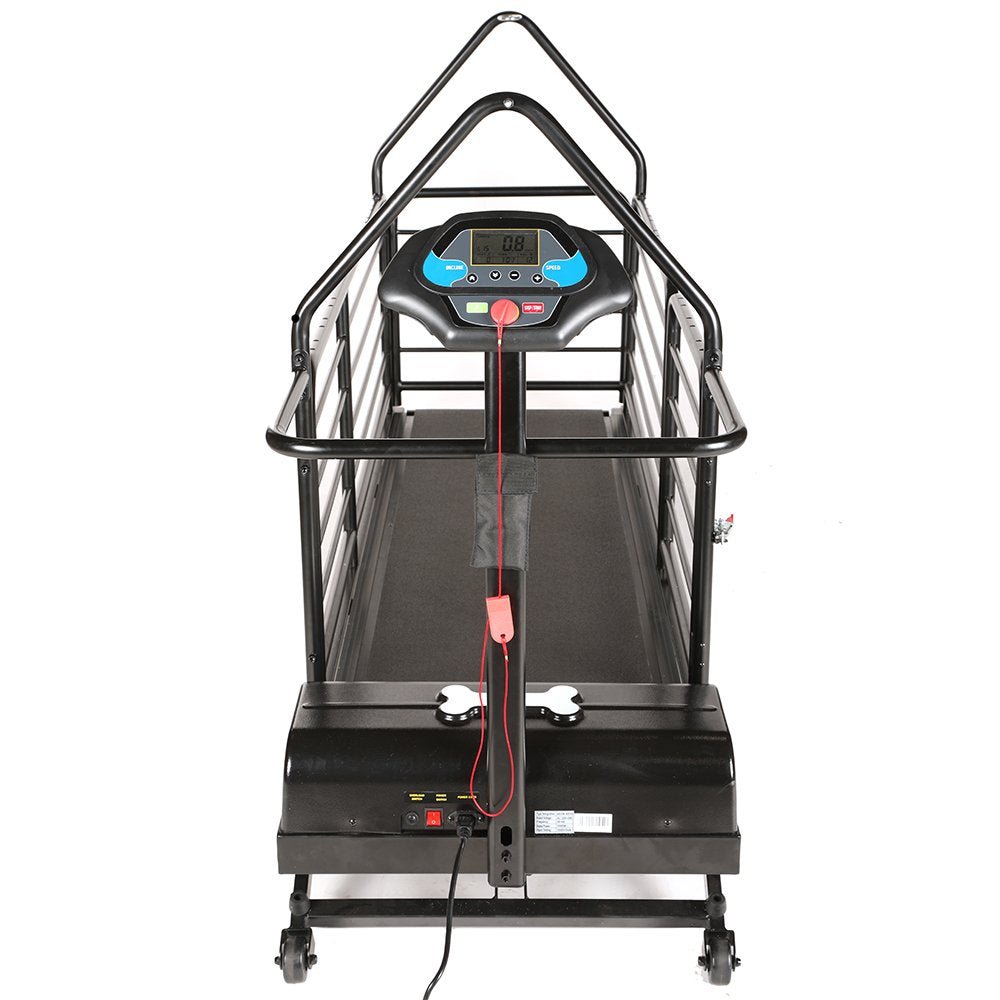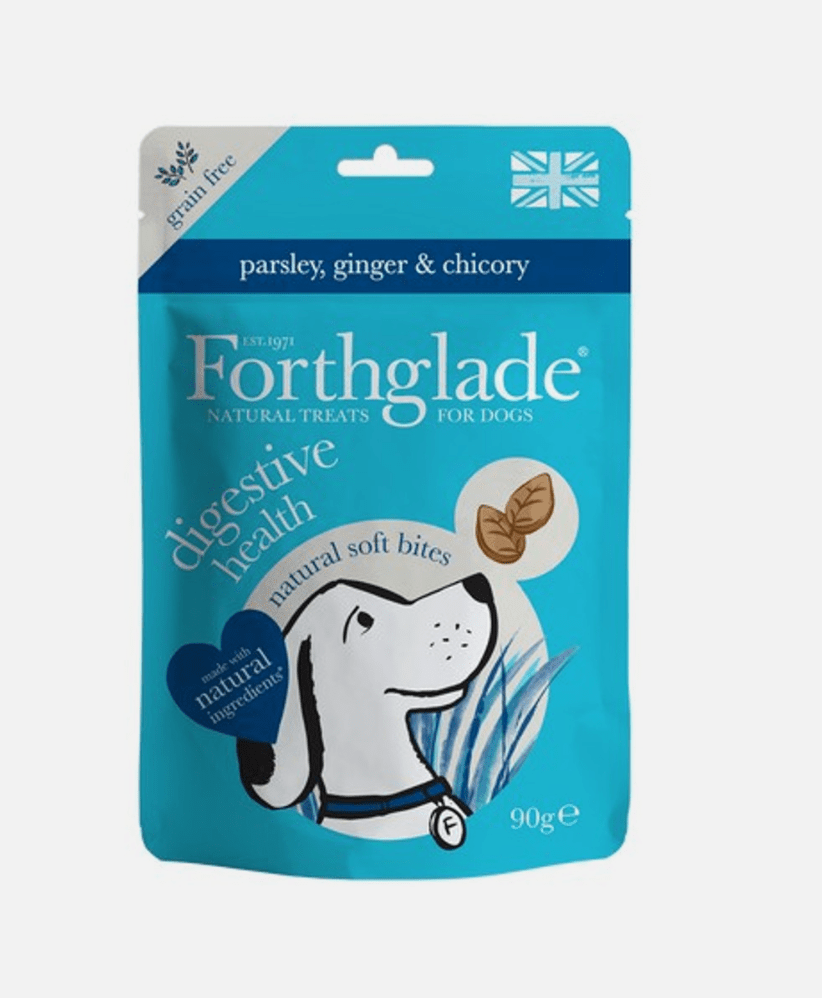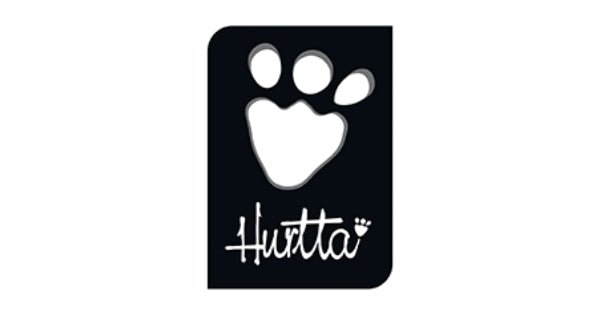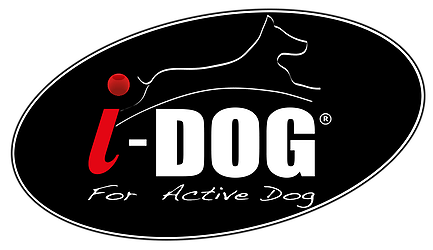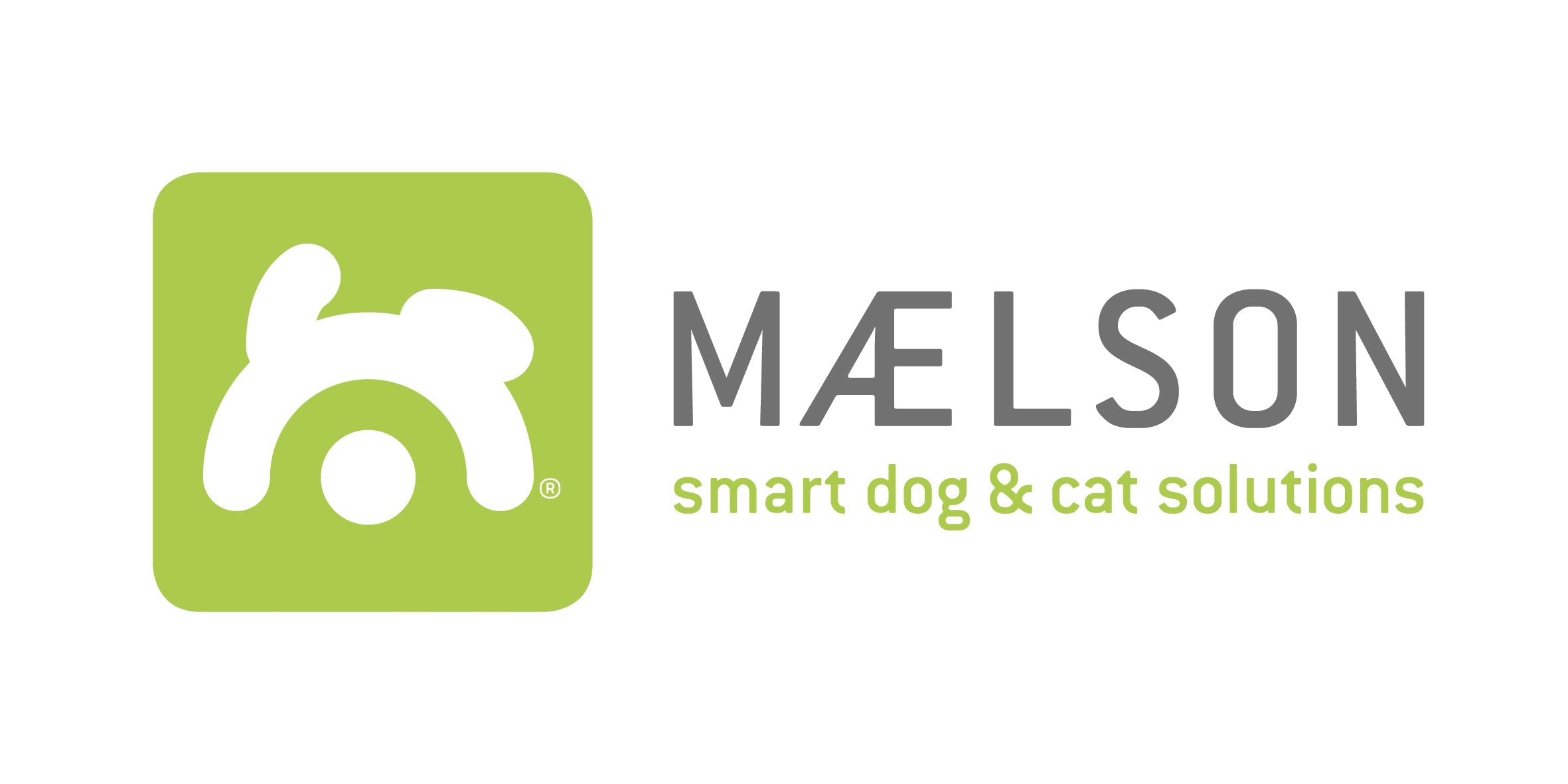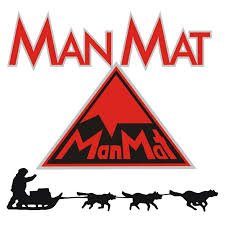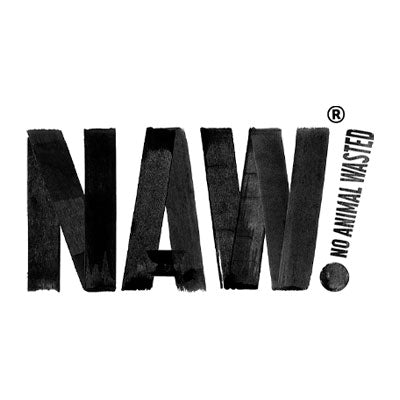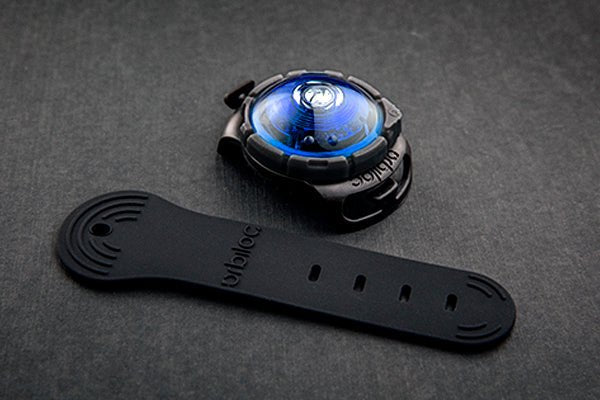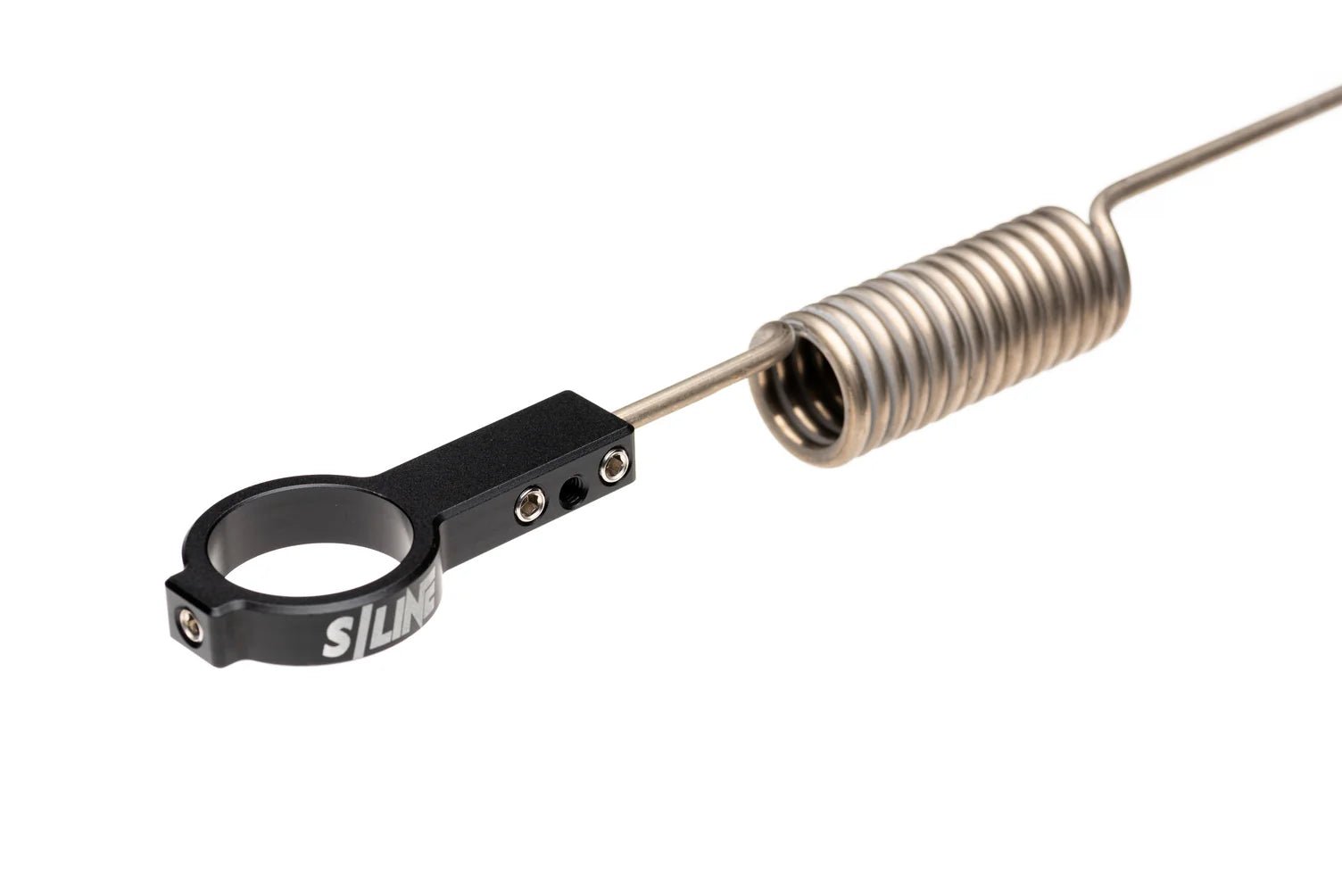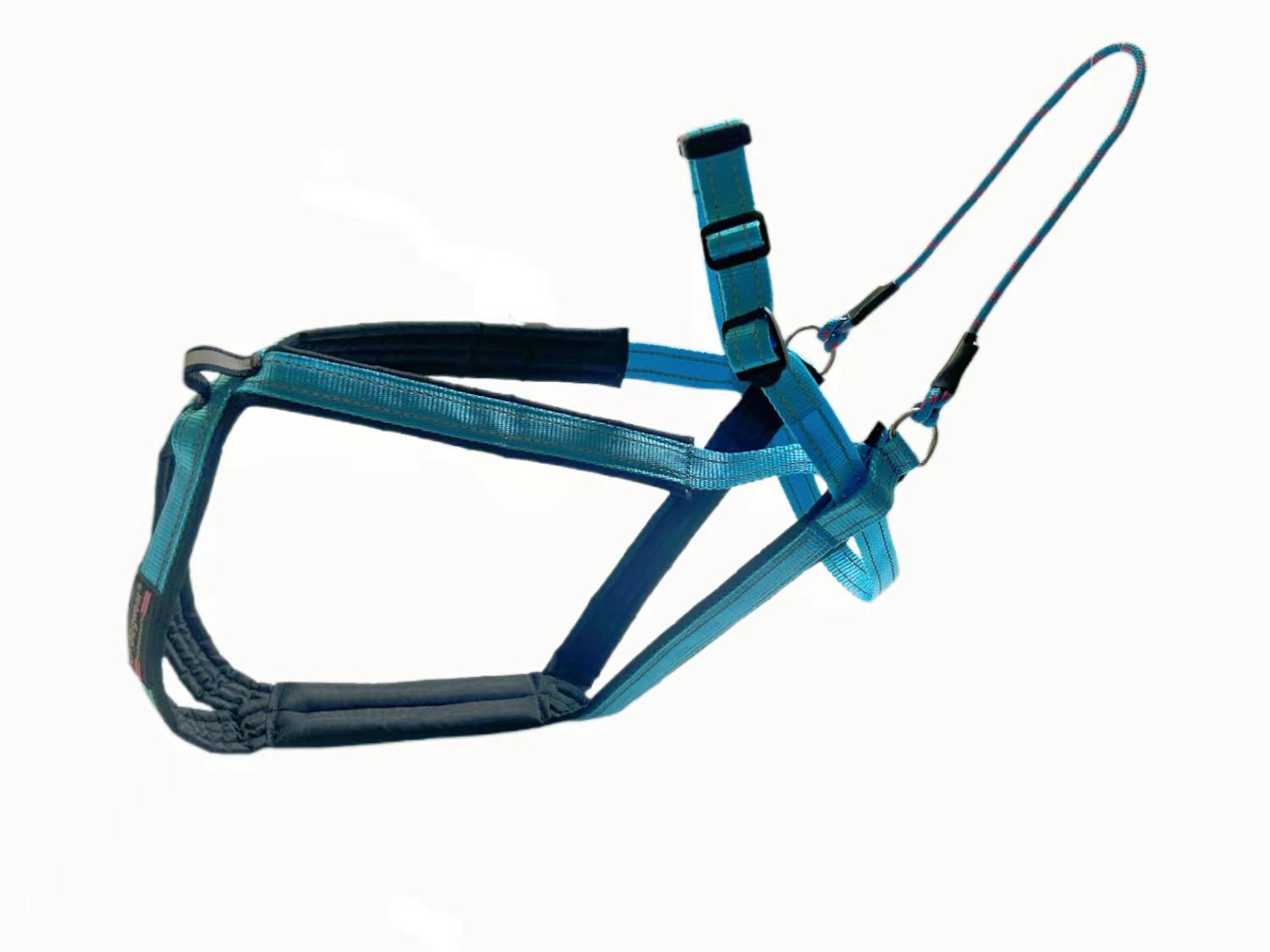There are so many questions that you need to be ask even before you contemplate or consider working your dog in harness.
- How old does my dog have to be before I can start?
- What equipment do I need?
- What's the best way to train?
- How often should I train?
- Where can I train?
How old does my dog have to be before I can start?
The main thing to make sure is that you take things slowly do not rush into this and expect your dog to know what it is doing. It needs to be fun and exciting for you and your dog!
You can get your puppy used to wearing a dog harness from a young age. Do NOT put any weight on this. What many owners do is while training their puppy to walk to heel, also train the puppy to "pull" in a dog harness. So basically when the puppy is wearing the dog harness, let them pull on the lead all they want without correction. This should help the puppy associate "pull" whilst wearing the dog harness. Some people start to teach their dogs the commands "gee" (right) and "haw" (left) as they turn. Another useful command to learn at this stage is "on by" which encourages dogs to continue on without distraction. It is important for your puppy to learn that when they are wearing their harness, they must stay focused it is not a time to play. Obviously, ensure that you only spend a few moments teaching a young puppy; there needs to be plenty of fun time to socialize and sniff too.
When the puppy reaches 5-6 months, you can get them an X-Back harness. This differs from a dog walking harness in that it covers more of the dogs' body, and ends at the tail. Again, take the time to allow them to get used to wearing it.
As your puppy grows and becomes older (7-8 months), you can consider introducing some weight. It is important to note that puppy bones do not fully fuse until they are over a year in age, so there is no emphasis on weight; more that there is something noisy going on behind them! Do NOT overload the weight and injure your pup! Suggested items that you could get your pup to pull include a stick or a plastic bottle with pebbles in.
From this, many owners will then progress their dog to pulling a small tyre at around 9 months. Stick to very small distances at first, starting at just around 10 meters, which will get the dog used to pulling a weight. Slowly increase the distance, so that by around 11 months, the dog is pulling the tyre around 1 mile. From here, progression can be made onto pulling a scooter or rig.
It is important that you make training in harness a fun and positive experience. Do not lose your temper with your dog if it is not learning as fast as you wish. Praise your dog with everything it manages, even if it is just pulling for a short distance. It is important to remember that working your dog is a team event, and that scootering and sledding is not just about riding on the back with your dog pulling you along. There will be times (and plenty of them!) that you will need to help your dog by either scooting, or stepping off and pushing! At the end of any training session, always reward your dog, either with its favorite treat, or a play session.

Picture used with kind permission from Samnooshka Designs
- What equipment do I need?
There are many items of equipment that will be needed for both training and competing. Please read here for further information.
- What is the best way to train?
There are no set rules on how to train your dog to work. If you were to ask ten different people their training schedule, you would get ten different answers. The correct way is the way that works best for both you and your dog.
For those just starting, some of the training methods have already been mentioned in the "when to start?" section.
Before you start off on the scooter or rig, walk the dog a little so he has the opportunity to go to the toilet. This will reduce the possibility of your dog having to stop whilst running in harness.
Most people starting out will have just one dog. As always start off slowly. Put the dog in harness, attach them to the scooter or rig with the gangline. A helper is useful to hold the scooter (one foot on the scooter pad, both brakes squeezed tight) while you hook up your dog. Once you are rolling, keep your fingers on the brake levers, and use your brakes lightly as needed to keep the tugline tight at all times. Ride to the side, not directly behind your dog and have fun! Watch your tugline carefully - you do not want to ride over it and get it stuck round your front wheel or the dog's leg. Keep it tight by using the scooter brakes lightly whenever the dog slows down. Keeping the line tight is your responsibility. Do not let the scooter ride up next to the dog. The dog's job is always to hold the line out tight in front of the scooter. Novice dogs may pull sideways sniffing and lifting their legs. They will suddenly stop to poop. Running causes the bowels to move. When first training the dog, steer the scooter to one side of him so that if he stops suddenly, you will miss him if you can't stop in time. Do not ride directly behind him.
If your dog gets confused, you or your helper will run beside him with a leash while the other rides the scooter. Keep encouraging him to pull. Often, we've overdone the "obedience" thing, and dogs aren't sure that it's okay to be out front and pulling. Once they catch on, most dogs really love the pulling and running aspects of scootering. Again start off with short distances and build up gradually. Another way to encourage your dog to run is by getting somebody (your helper!) to cycle in front calling your dog on.
A very important part of the training is command training. Remember, you can not easily reach your dog without stopping and getting off the scooter or rig and it may be too late to sort the issues, so an obedient dog which listens to your commands is very important. It will also make the experience far more pleasurable if both of you know what you are doing and what is expected.
The basic commands are "Gee" for right turn, "Haw" for left turn, "Straight on" for straight on, "On by" for overtaking or passing a distraction. There are many other commands such as "Hike on" or "Get on" for speeding up, or "Steady" or "Easy" for slowing down. Many people use these commands or variants of these, but the main thing to remember is to be consistent. One of the best ways to teach the commands is through repetition, and this is something that can be done at a young age, as mentioned previously in this article.
- How often should I train?
As before, there are no set rules to say how often, or when you should train. Many mushers train all year round, to keep a general level of fitness in their dogs. Others finish in the spring and then restart in the autumn.
The most important lesson for the dog is that the scooter is FUN because he gets to RUN. It is advised to keep the run short for the first few trips and stop well before the dog is tired. Stop while he still wants to go. Training 2 to 3 times a week should be sufficient. The main thing when training is to never over do it. Always observe your dogs' condition during and after training. Fitness in dogs, is like humans, it takes a long time to achieve, so don't try and push your dog too far, too early.
However, if you intend to train in the summer months, keep training to a minimum, both distance and frequency, and only early in the morning or late in the evening when the temperatures are cooler. It is advised NOT to train dogs in temperature above 15 degrees Celsius. Whenever you train your dog, be it in the summer or winter; always have plenty of fresh water on hand. Never feed your dog immediately before or after training. As it has been said before, training and working in harness should be fun for all parties!
- Where can I train?
When starting out, look for places that are relatively quiet, where you and your dogs will not be disturbed or distracted. Look for trails that are easy on your dogs feet “ sandy and grassy tracks are kind on paws and pads.
For your first run with your dog, choose a familiar trail. A good choice is to take the dog to a fun place he's used to visiting, so he has a destination in mind like the park. A recognized trail is better than an open field because a dog does not know the direction to take when facing an open field. A narrow trail is better than a wide one. If you can, bring a family member or friend on a bicycle, and ask them to ride in front of you.
It is advisable that you wear a helmet, gloves, good athletic shoes, long sleeves and trousers. Remember to always take poo bags, water and your dog favorite treats. Always be courteous to other dog walkers and people you meet whilst out dog scootering.
It is important to know that, before you start training in public places, you first must obtain public liability insurance cover. There are a few schemes on the go out there, so again ask around to find the best deals. Once you have your insurance cover, you must then seek a permit from the owner of the land.
If you are training alone, always let somebody know when and where you are going, and take a first aid kit, water and mobile with you if possible.

